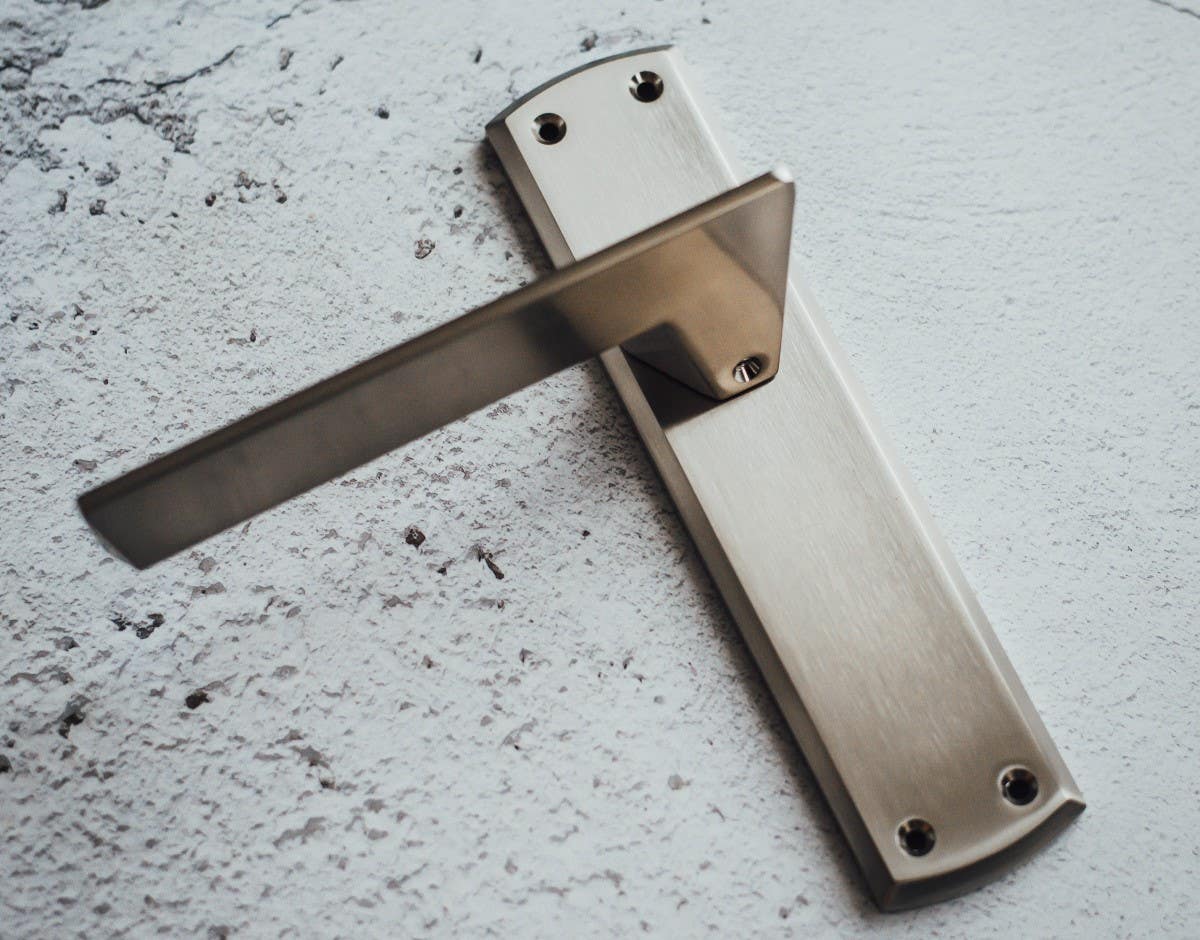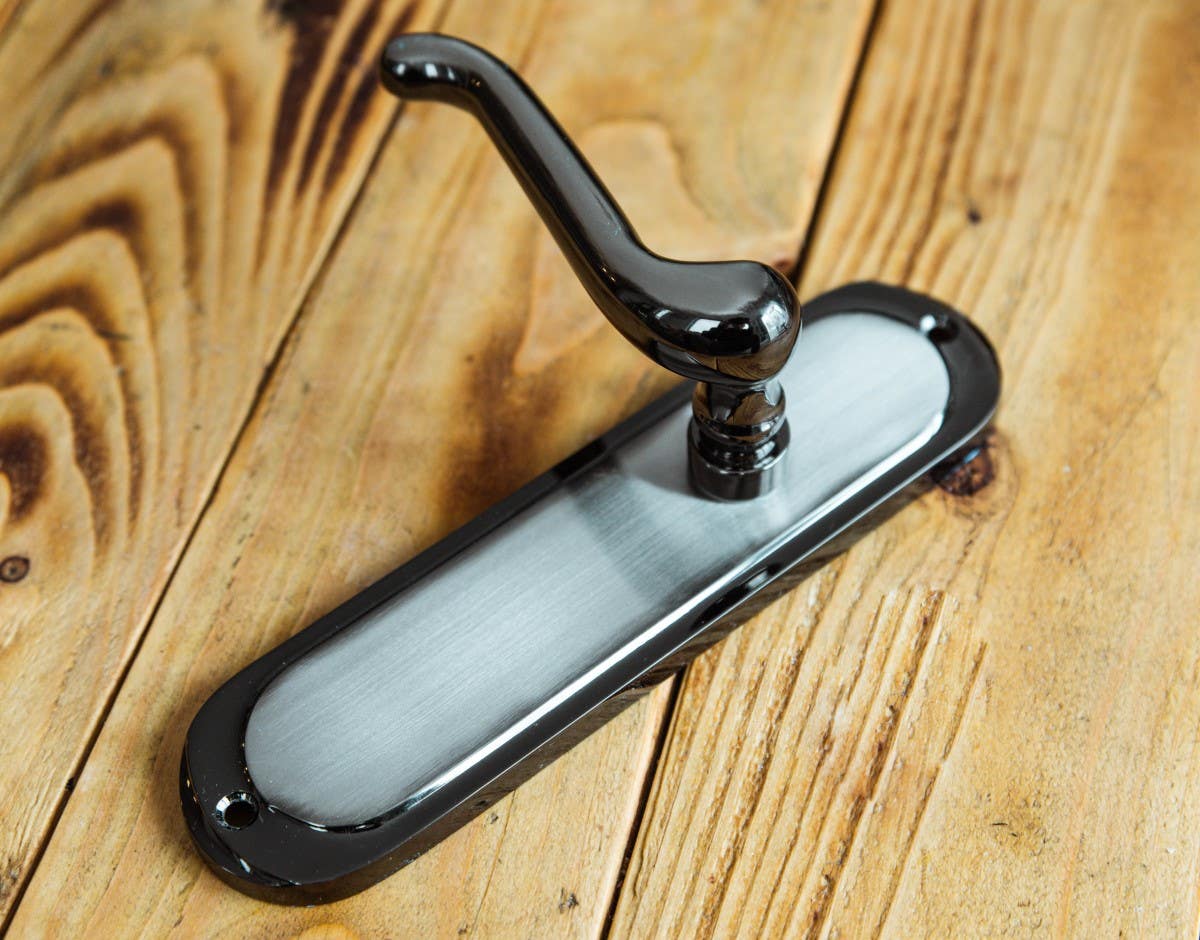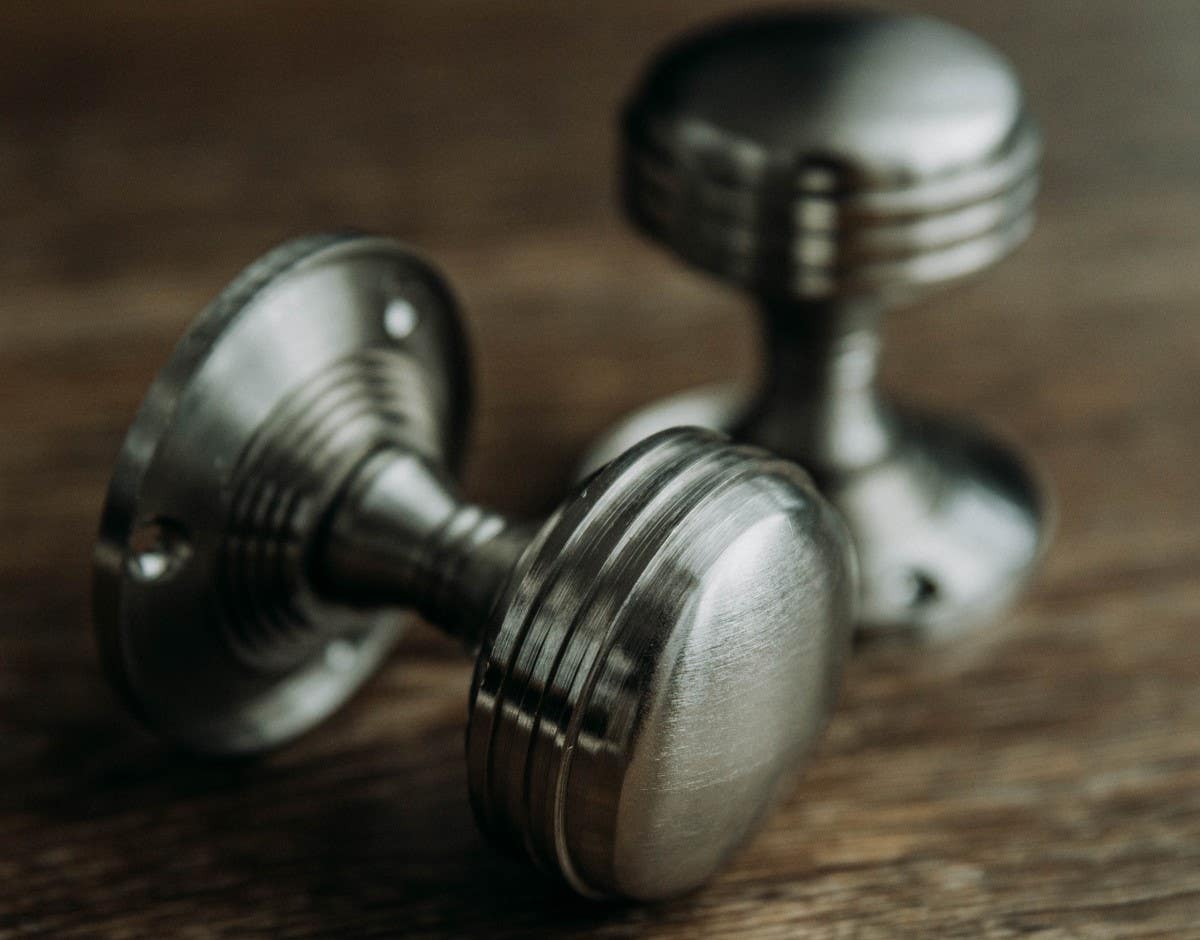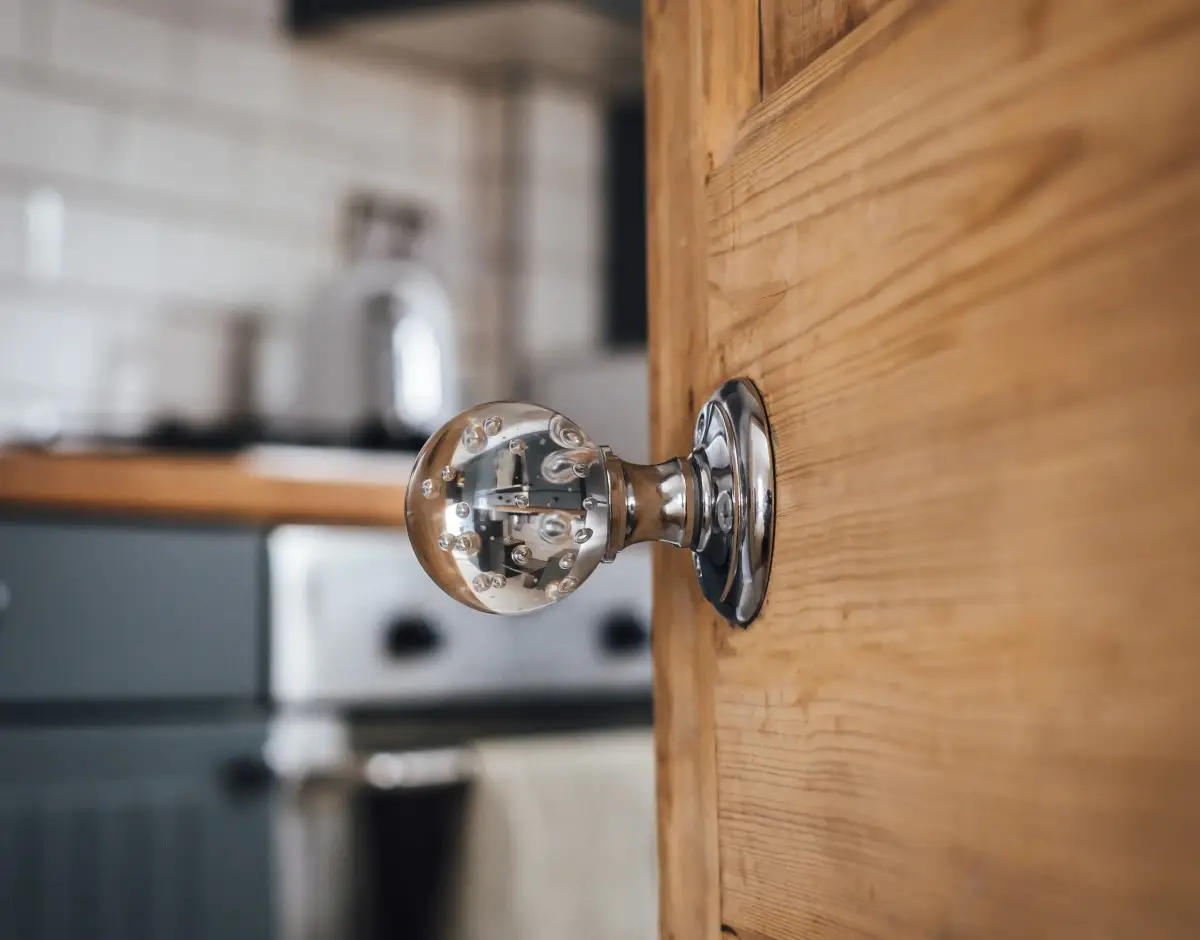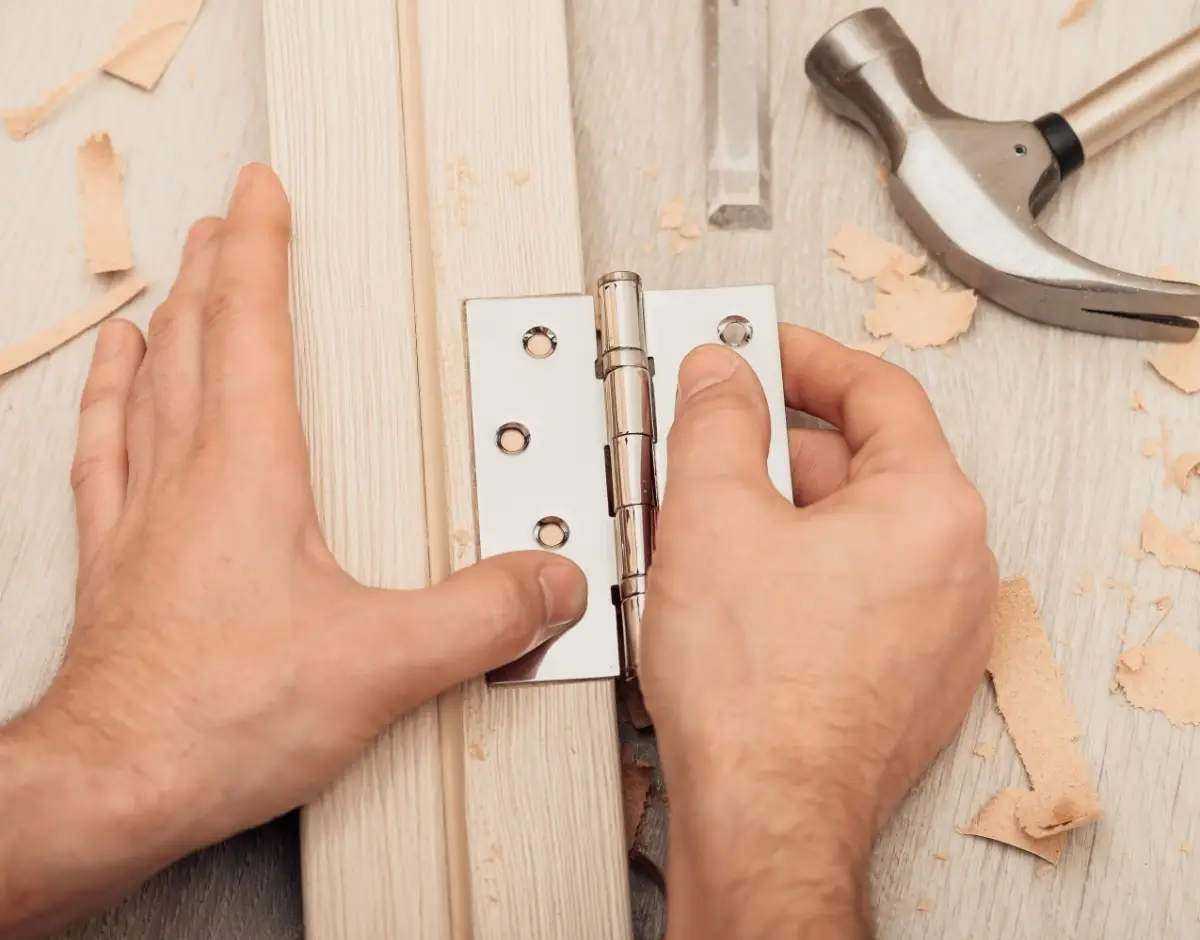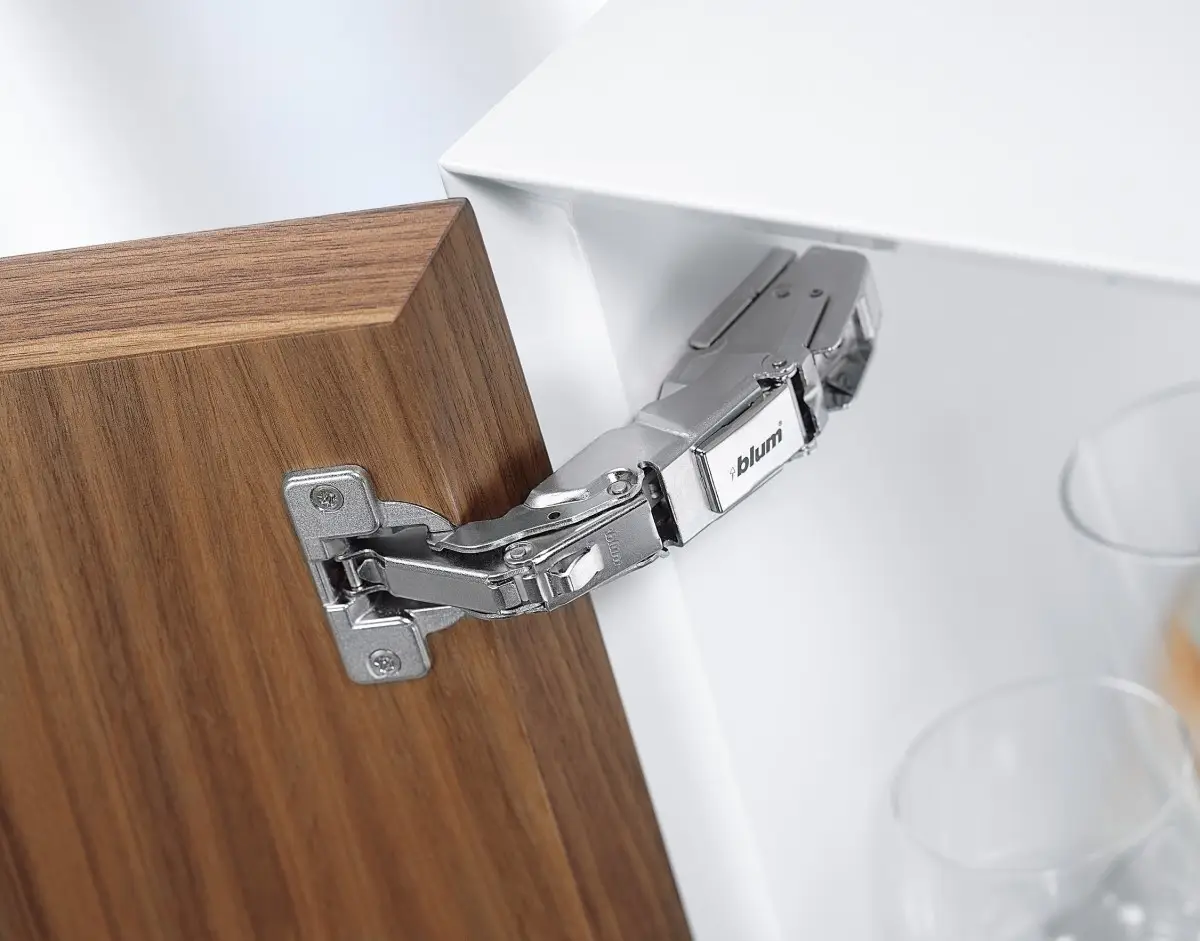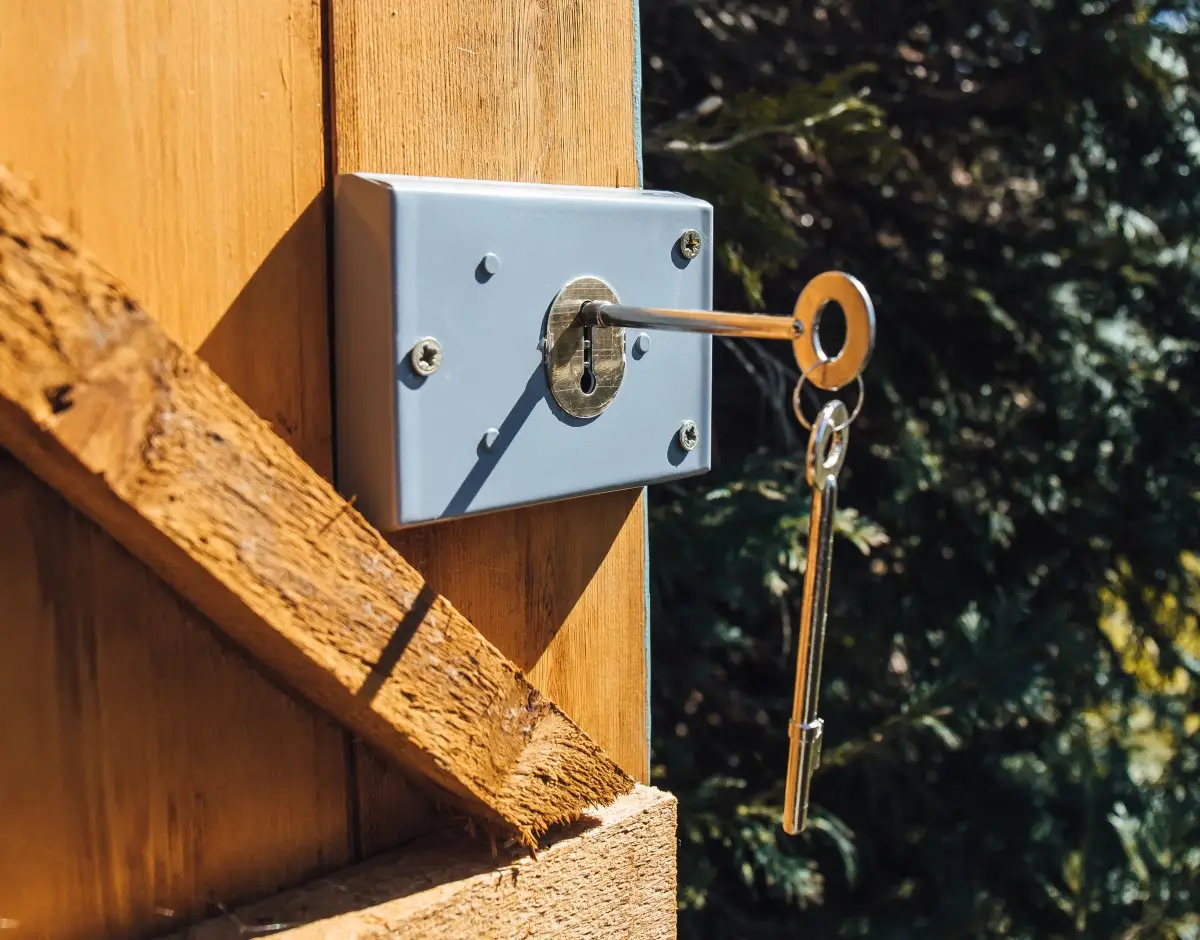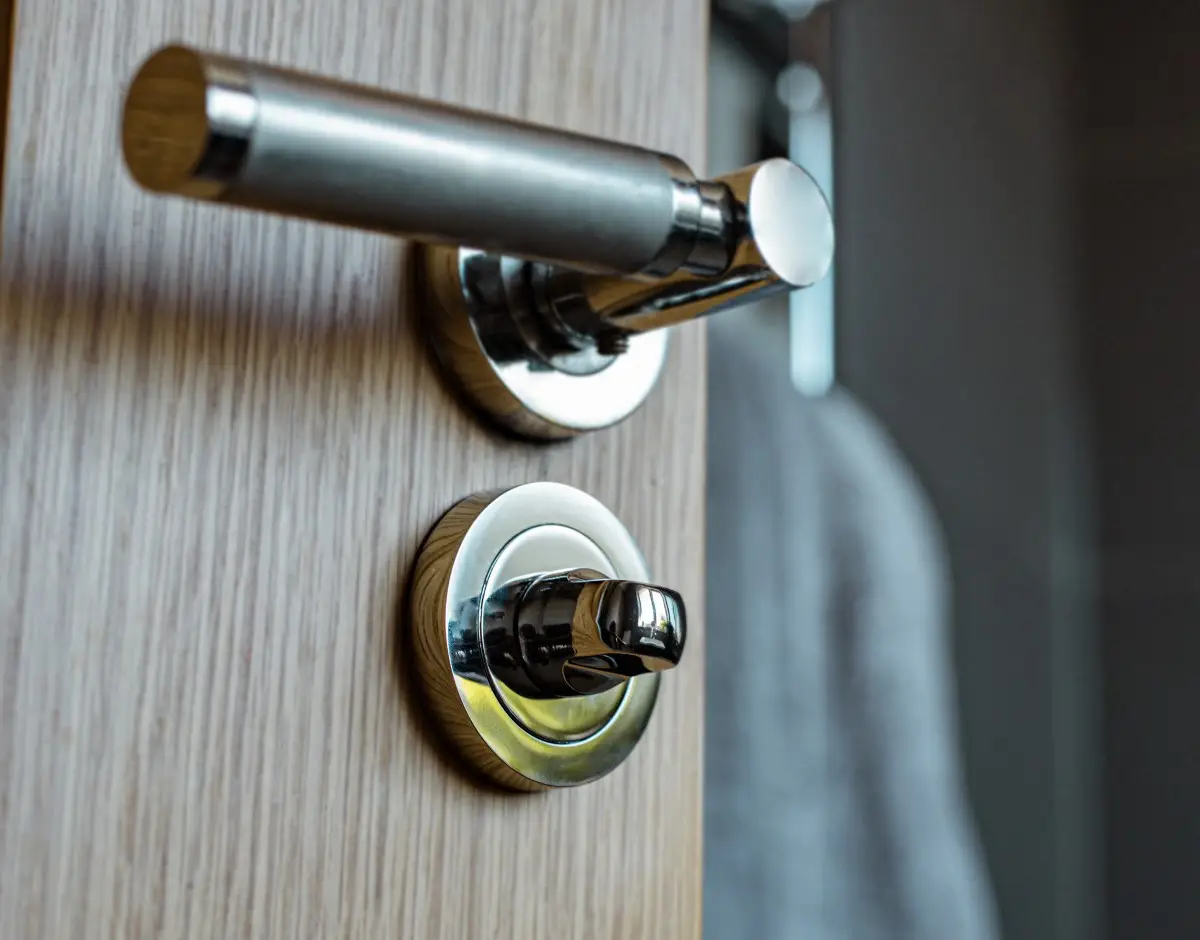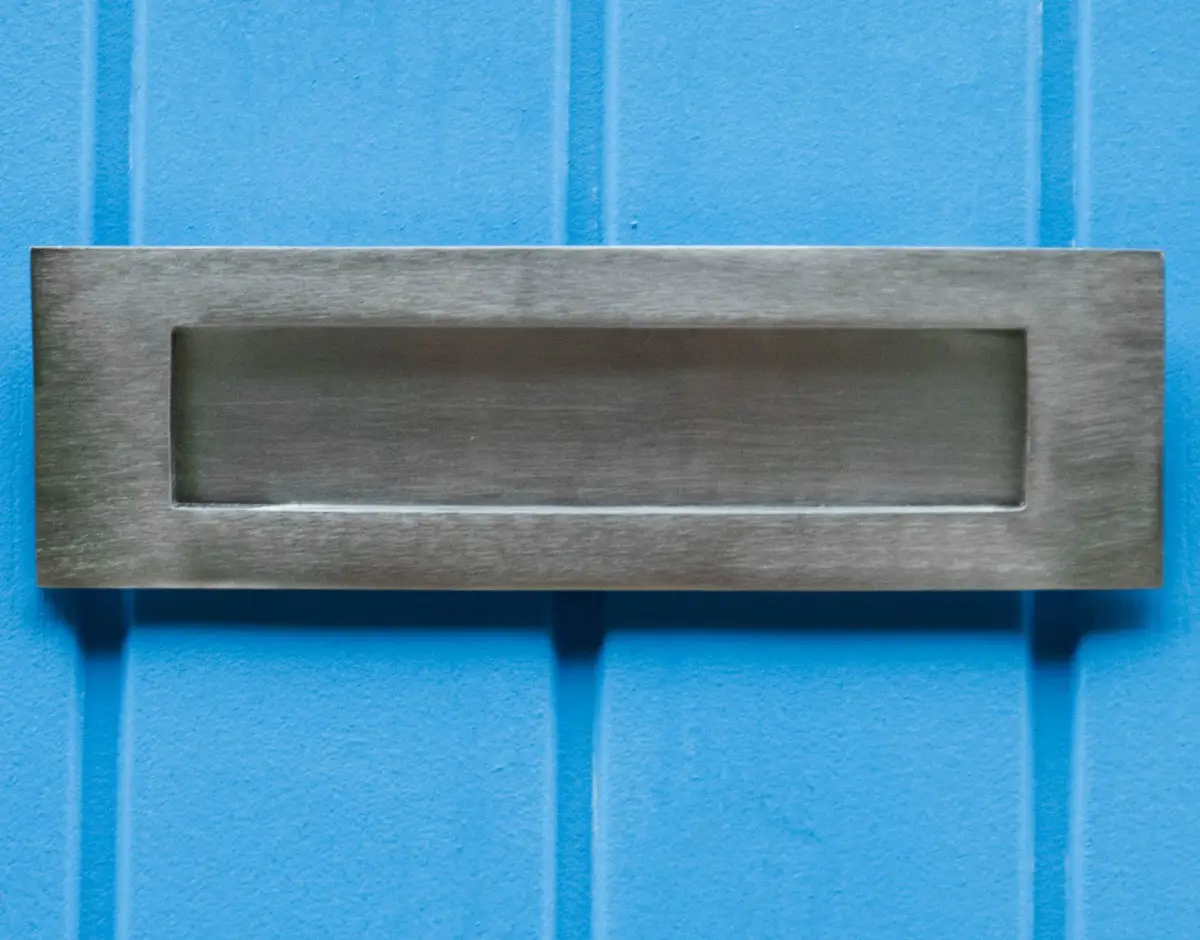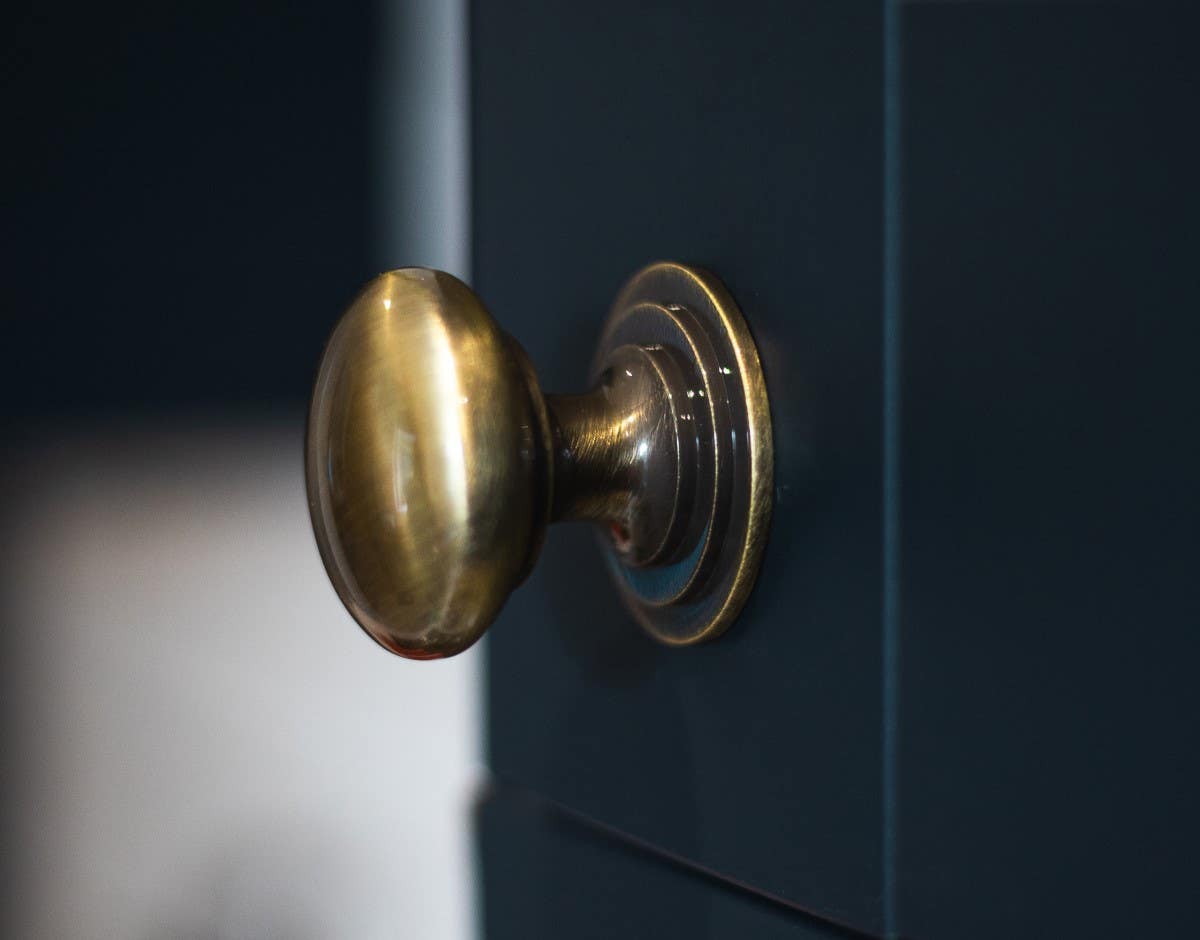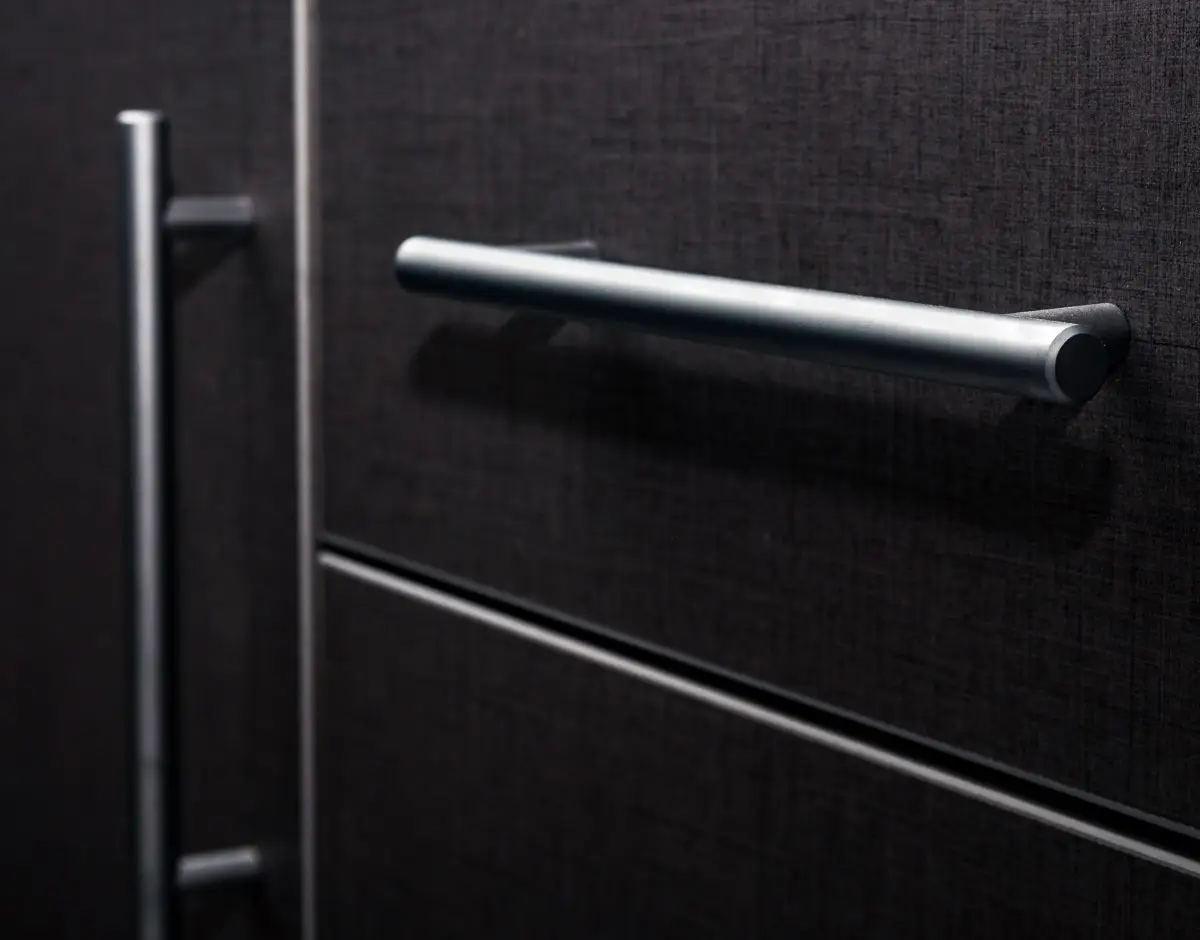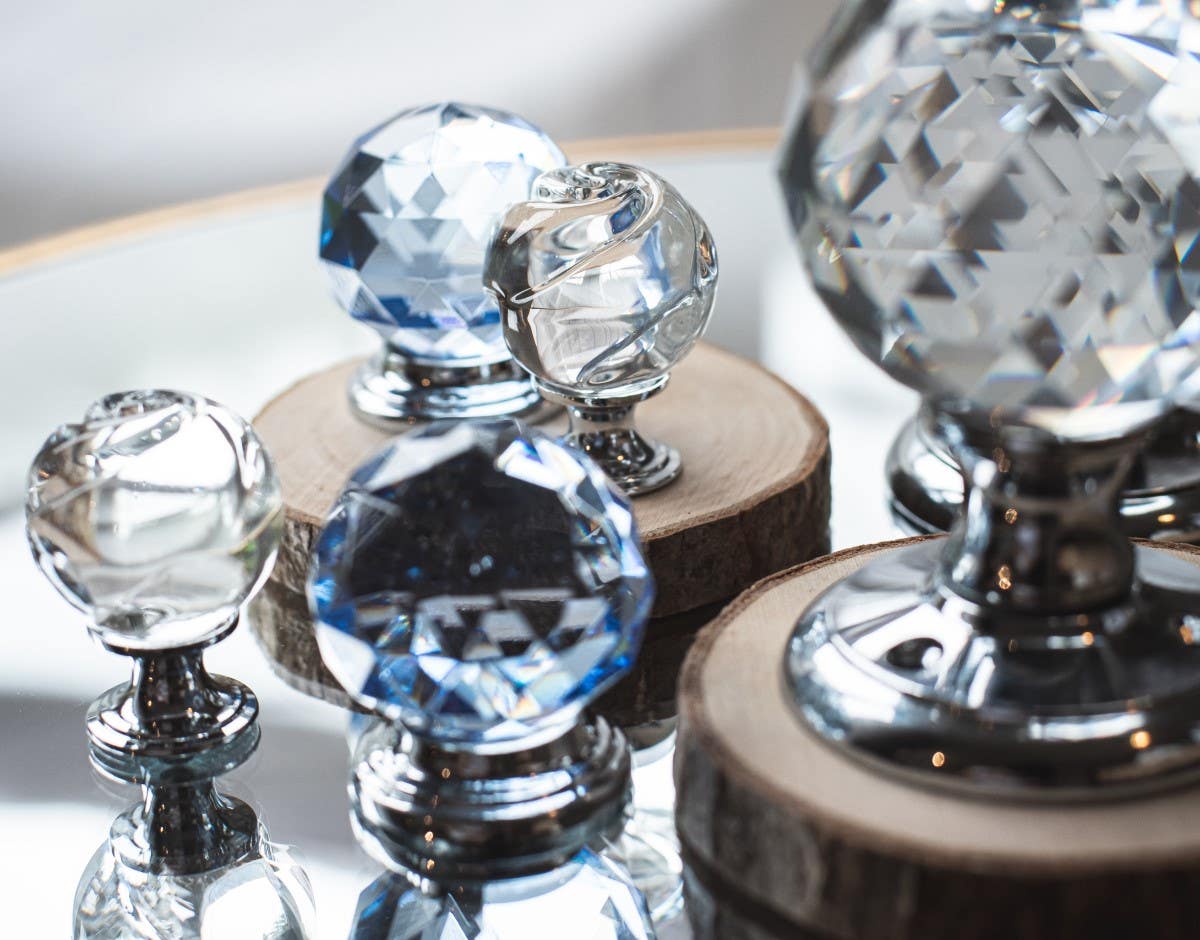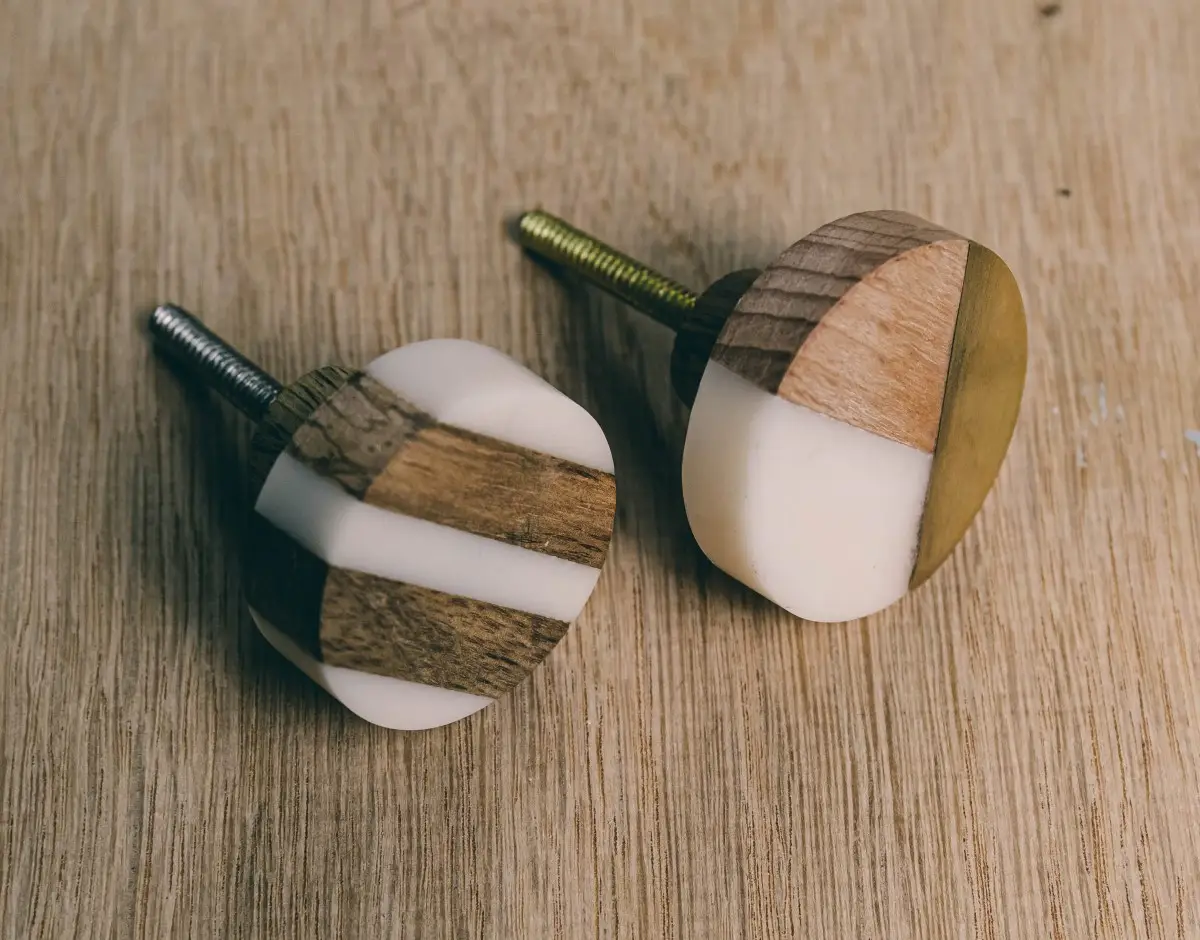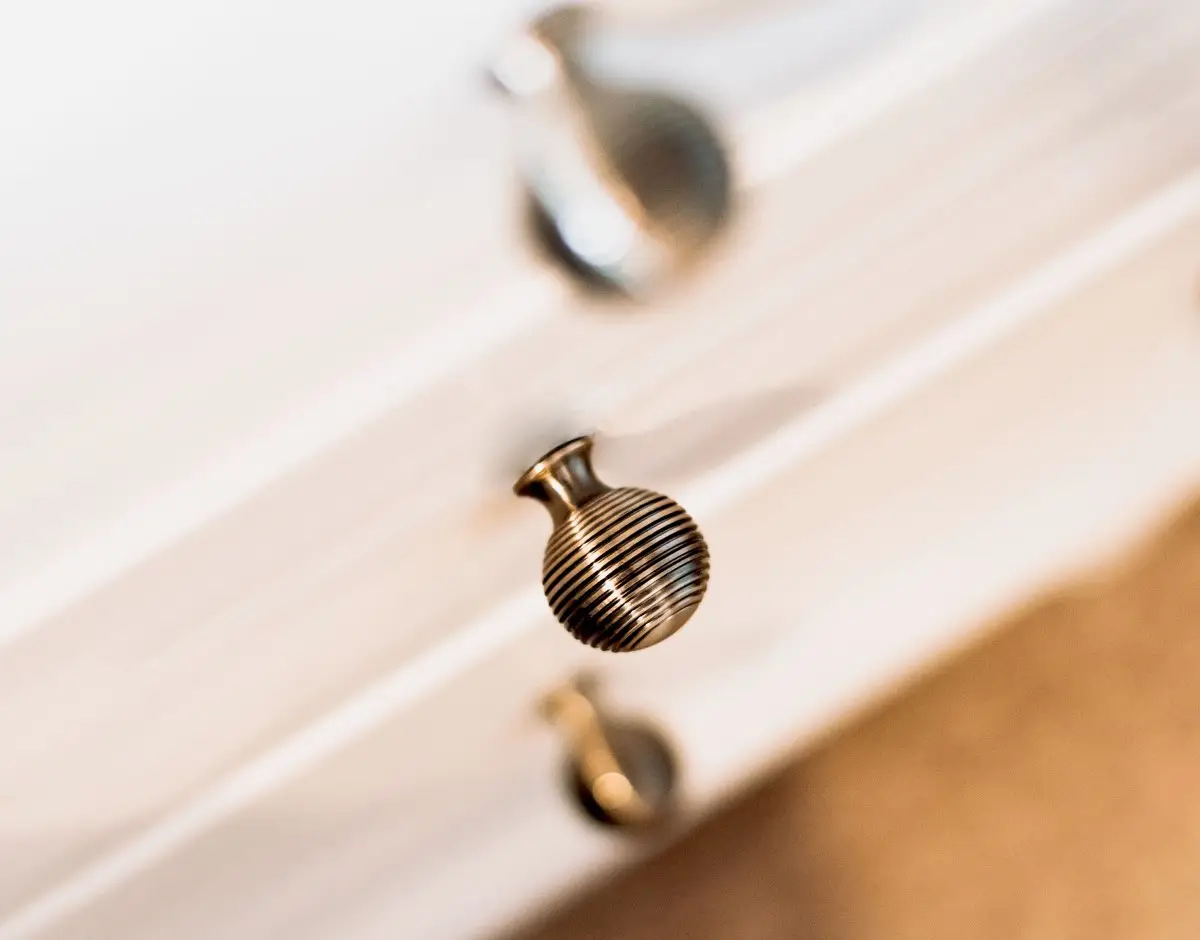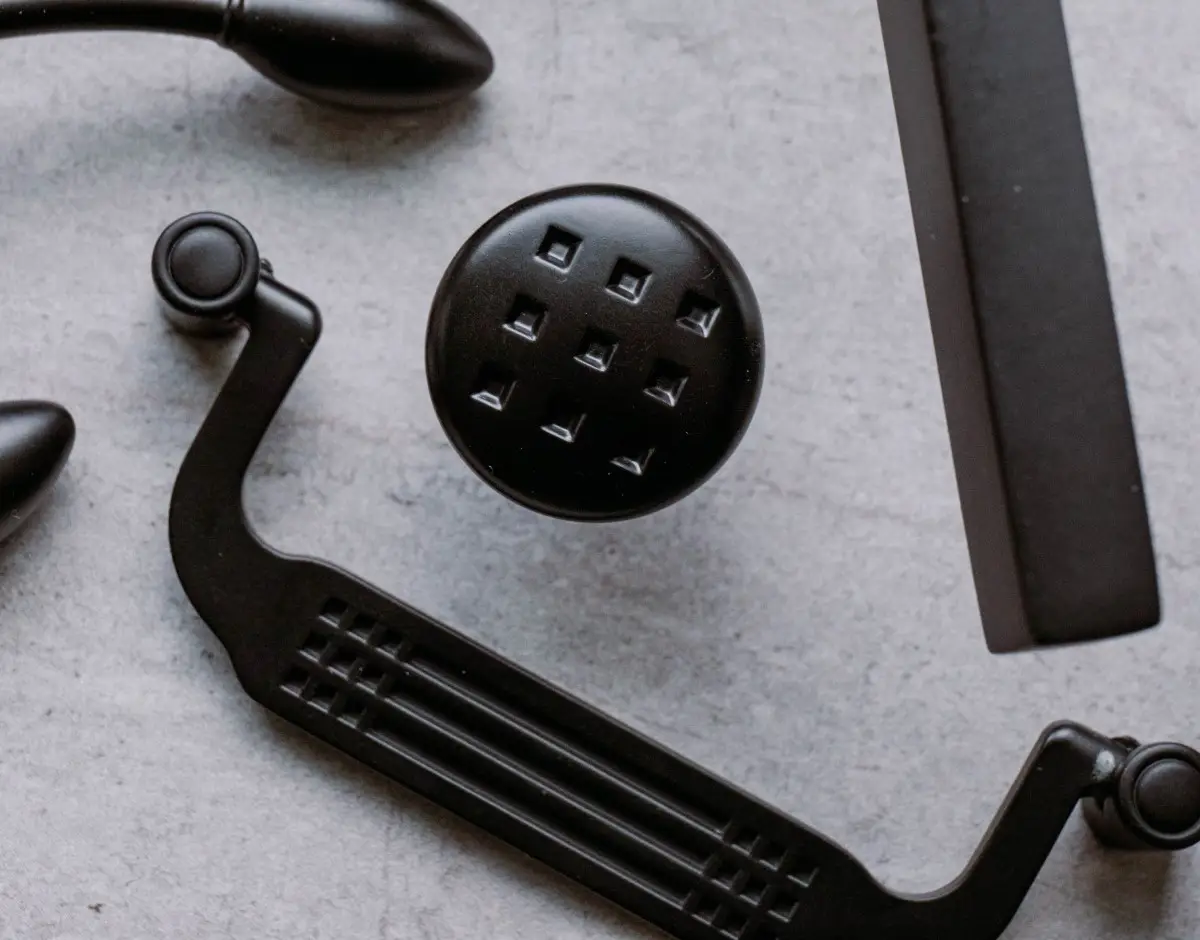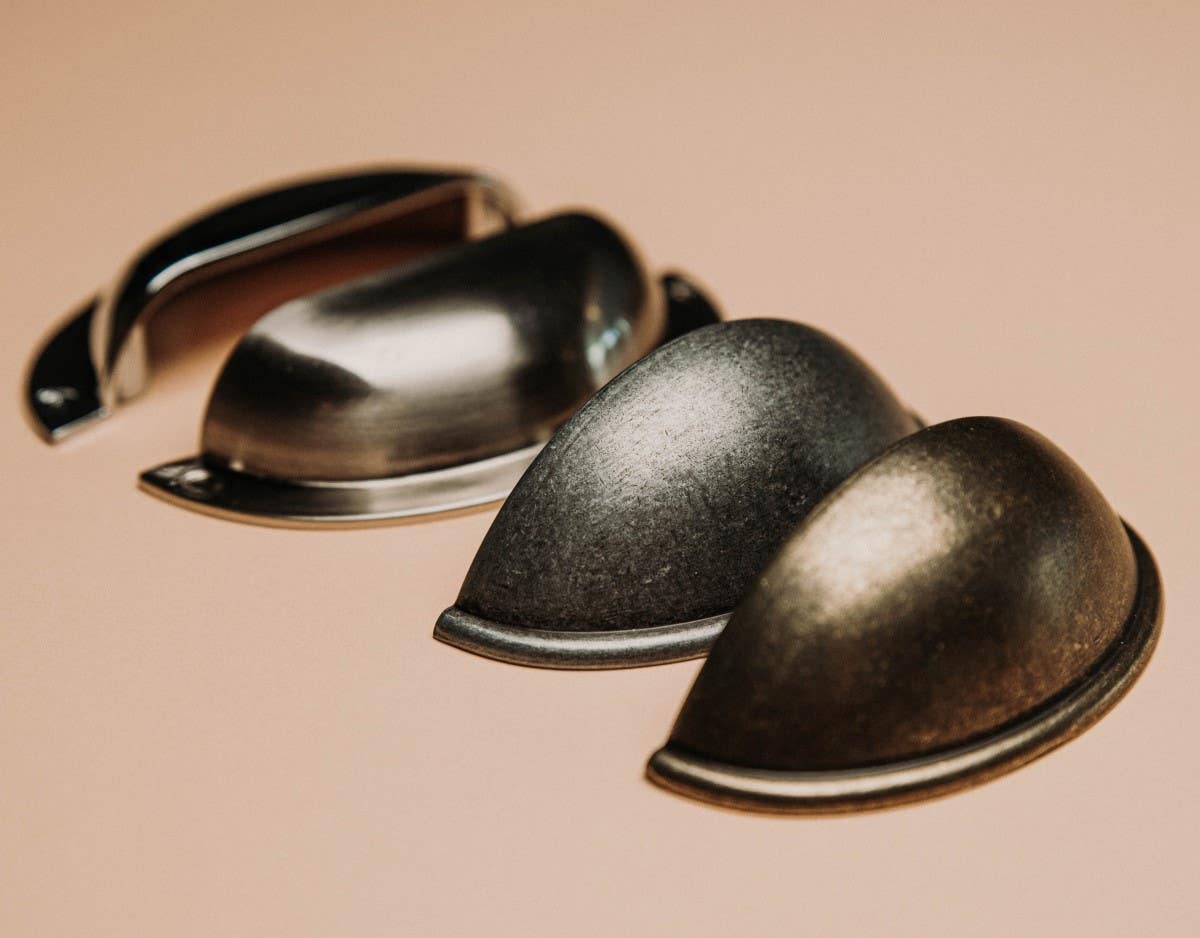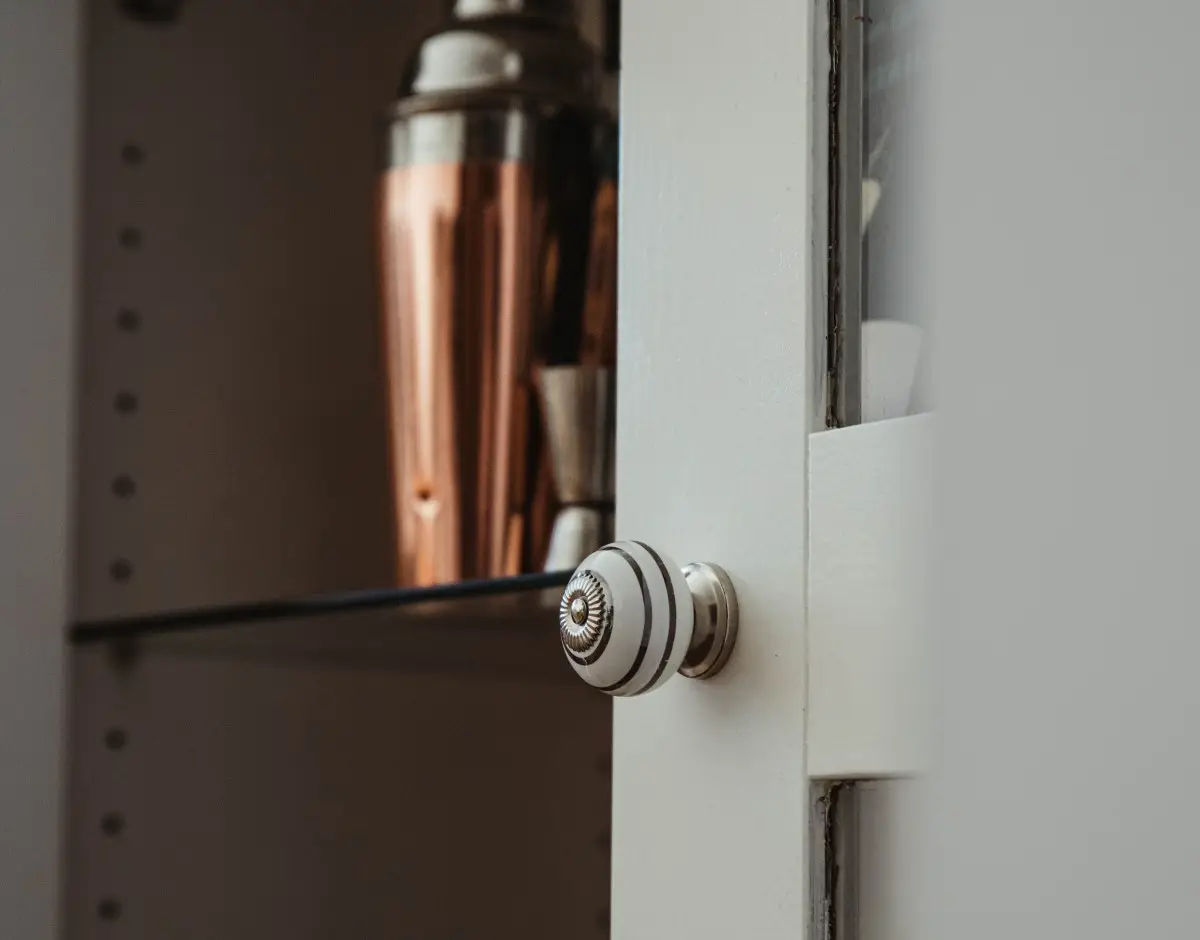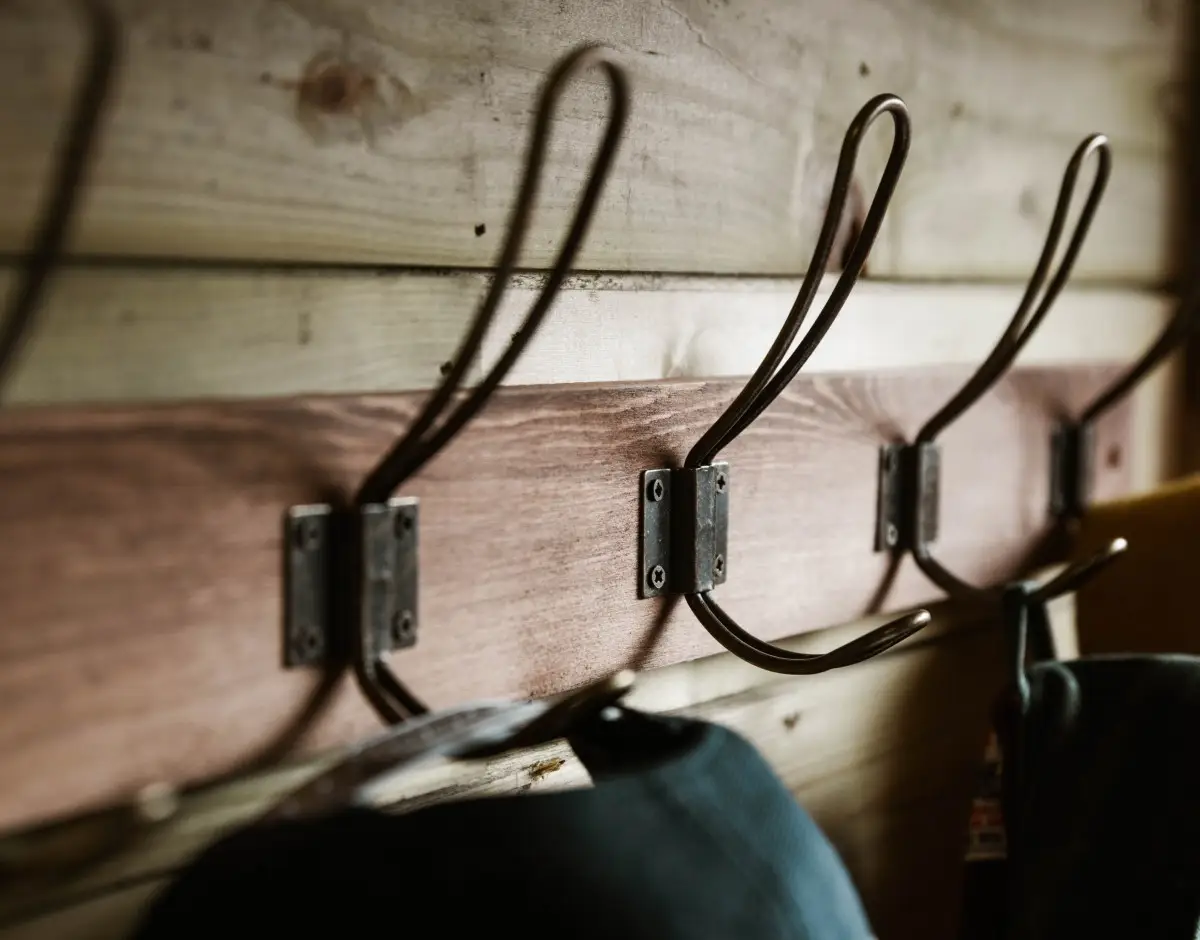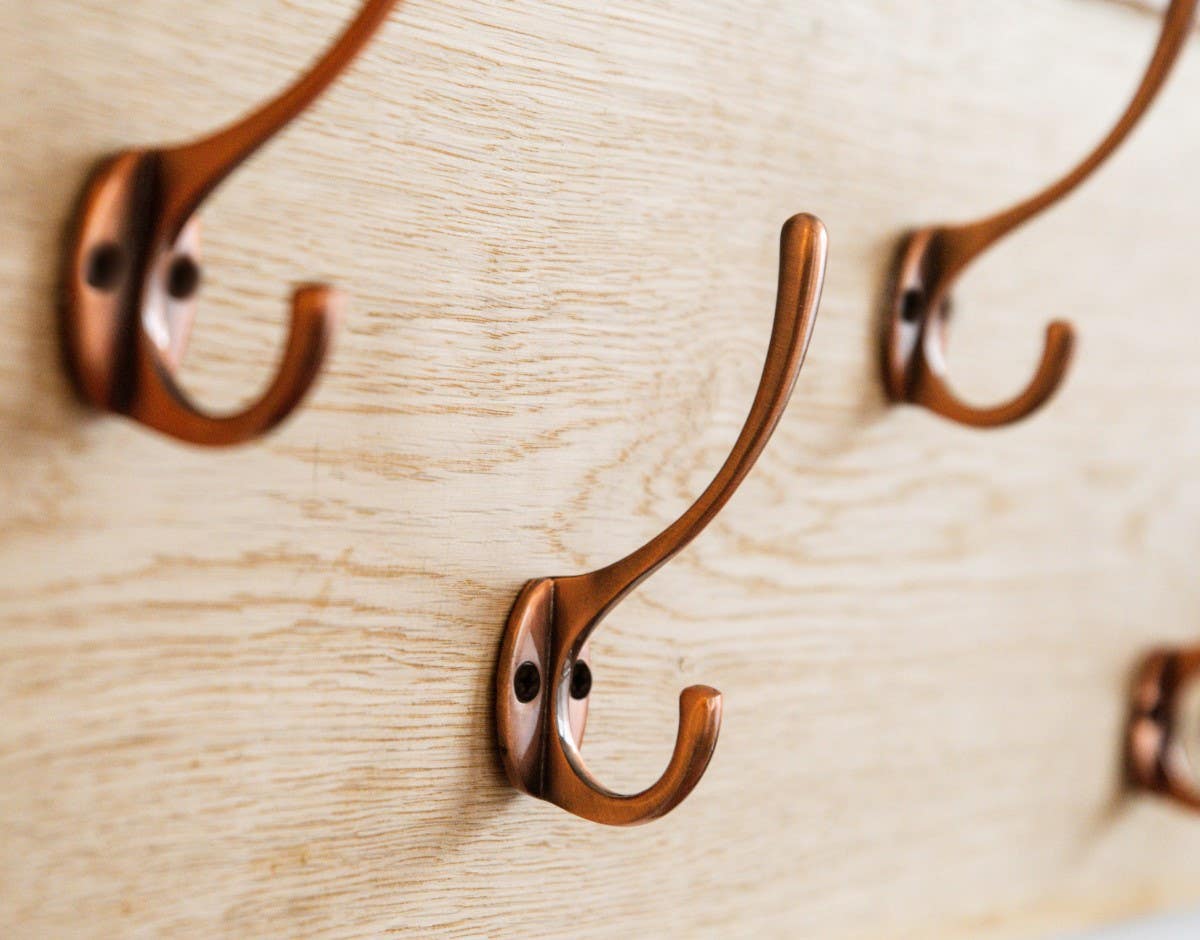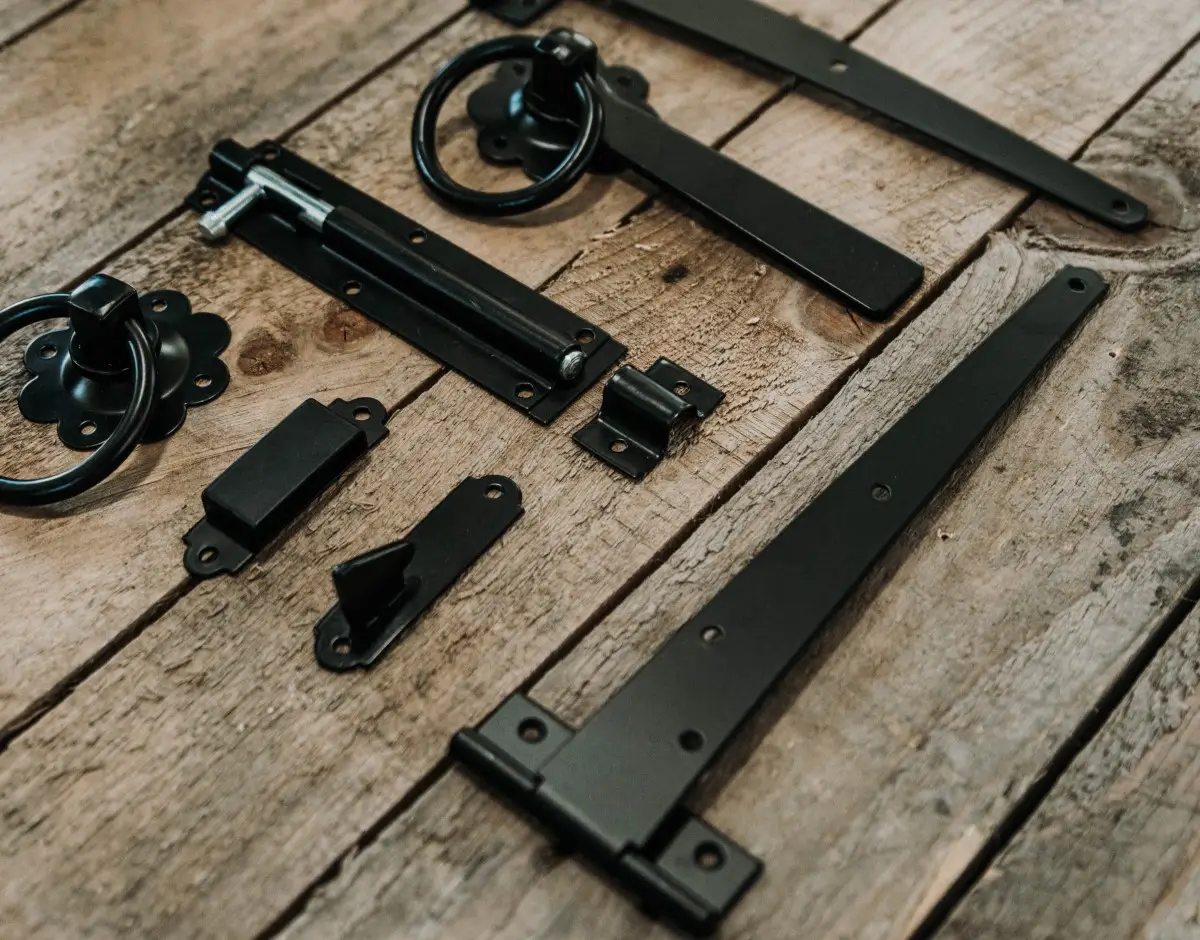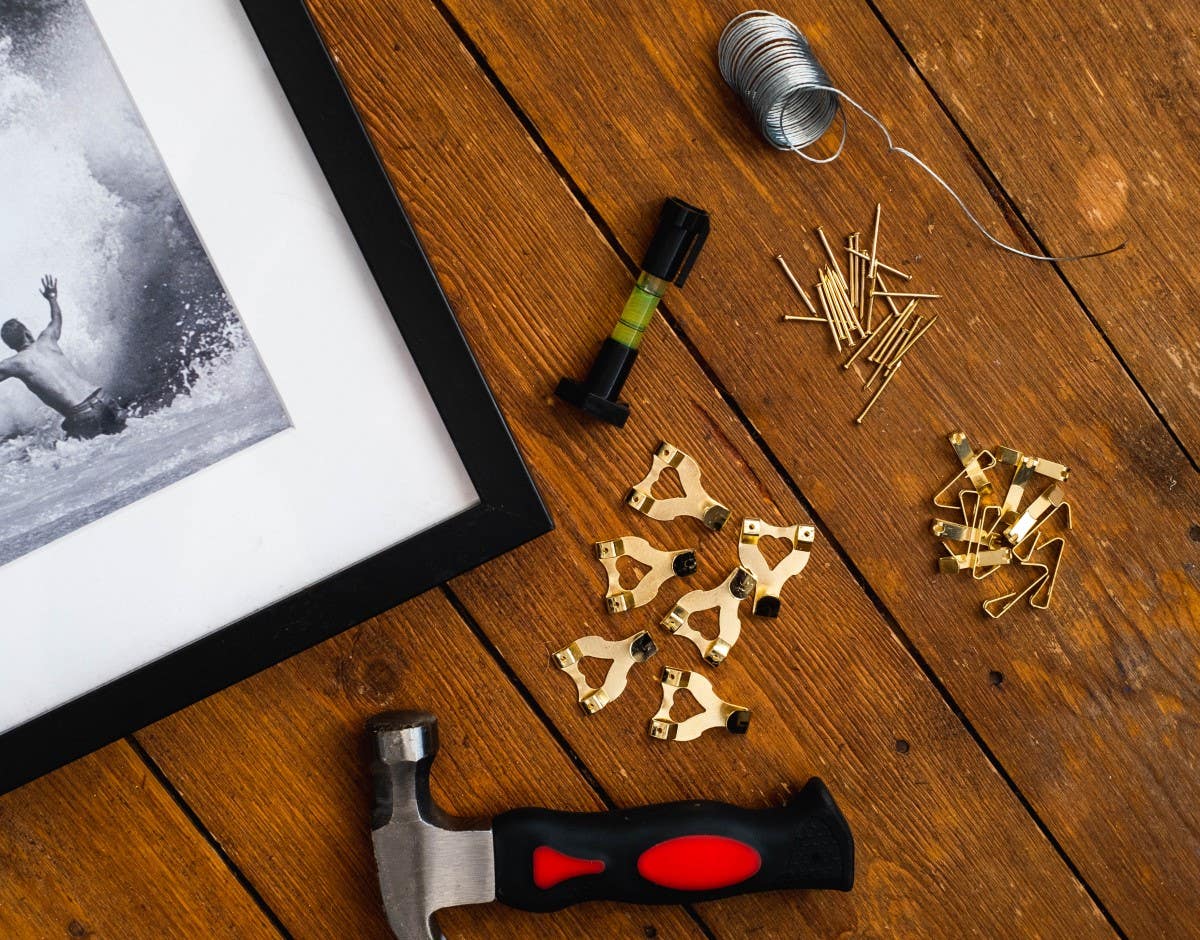Creative and Fun Door Knocker Upgrades for Your Front Door Makeover
Article Topics:
-
Different Types of Door Knocker
-
Traditional Door Knockers
-
Nautical Door Knockers
-
Mythical Door Knockers
-
Animal Door Knockers
-
More DIY Front Door Upgrade Ideas
Introduction
If you're reasonably handy around the home, and you want to give your property a bit of extra kerb appeal, adding an extra element of fun and personality to your home, then your front door is a great place to start.
There are a couple of fairly straightforward ways to give your front door a makeover that don't require a great deal of DIY knowhow and won't break the bank — whether you live in a house or a flat.
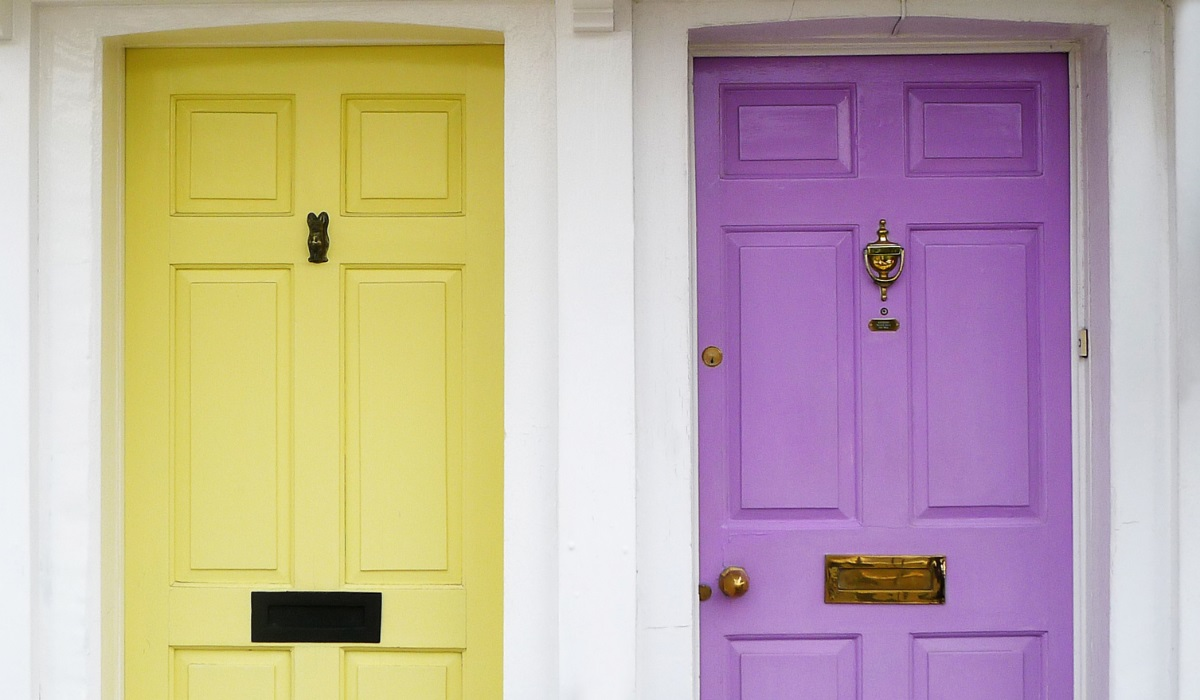
The first thing you could consider is repainting or refinishing your front door. That would certainly give it a refresh. The other thing, perhaps a little more overlooked, is to change your front door hardware, or 'door furniture'.
Door furniture is, as you might have guessed, all the elements of a front door that are attached to it, such as the letter box, door numbers, knobs and handles etc., and of course the door knocker.
The door knocker offers a great opportunity for you to express your style and create a look that reflects your personality, or to better suit your home, your property's design and environment for a more harmonious community feel.
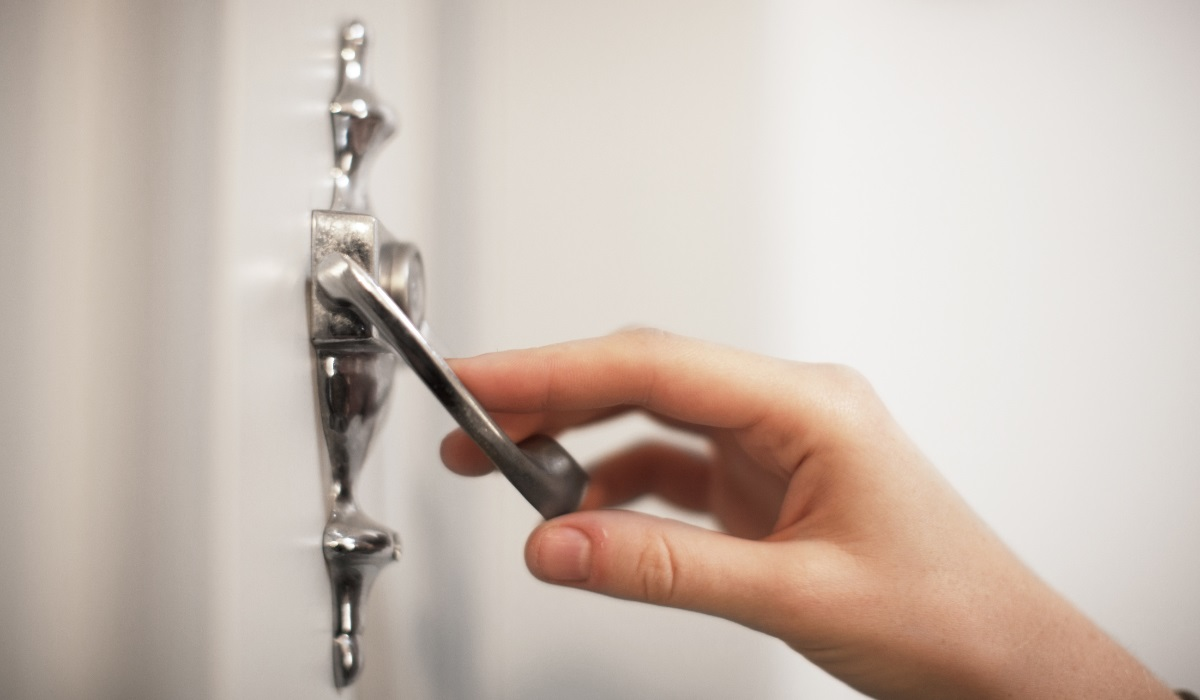
In this article we'll focus on the door knocker, to help inspire you to renovate your front door. Let's begin by briefly talking about different types of door knocker available before taking a closer look at some examples.
Different Types of Door Knocker
The humble door knocker has some strong traditions. There are types that everyone will be familiar with, such as the urn or the doctors knocker, and popular designs that reflect the natural world. Or even quirkier more idiosyncratic looks that draw on historic, mythological or architectural tropes.
Door knockers can be made from a variety of different metals including brass, steel and iron, with finishes that range from brushed nickel to antique brass to black iron and more.
So let's take a closer look at some door knocker styles and designs that will help you create your unique front door look, beginning with traditional.
Traditional Door Knockers
Traditional door knockers have stood the test of time, with historic origins that have roots in Georgian and Victorian times, or going back even further. Perhaps the most familiar door knocker design is the urn.
Urn Door Knockers
The urn door knocker is based on a Grecian urn design. The urn door knocker as we recognise it today was popularised during the Victorian period, known for reviving historical styles in architecture and interior design.
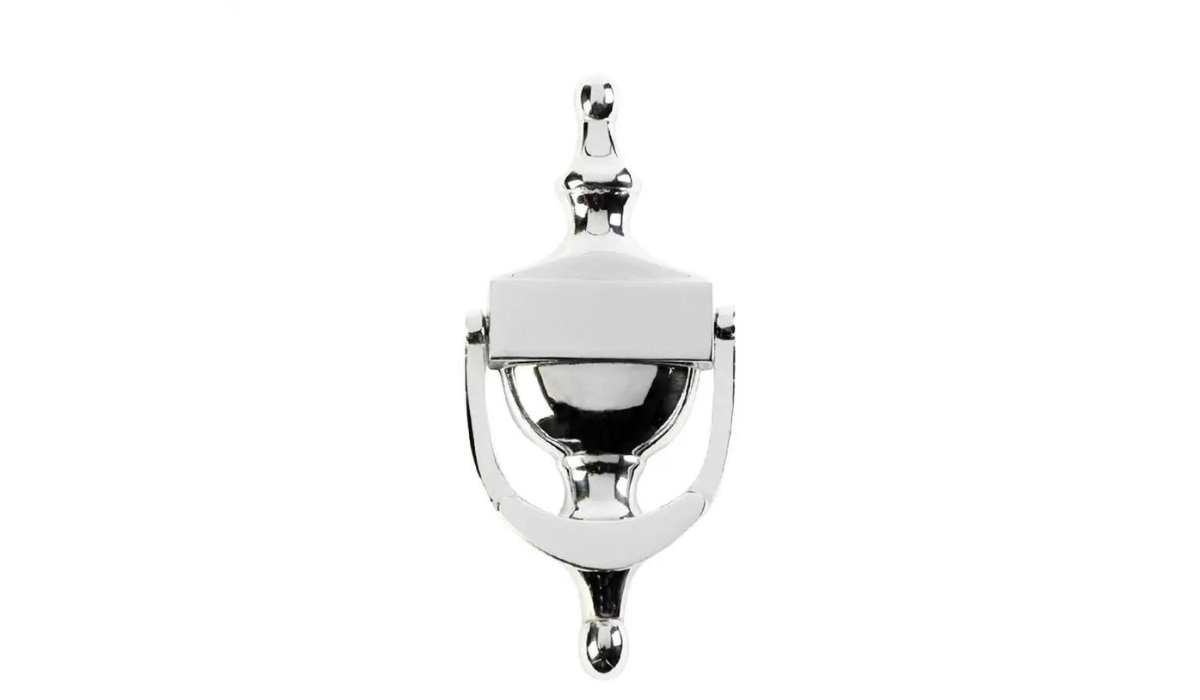
The urn knocker is a simple design that has a somewhat timeless appeal, being at home in both traditional and contemporary styled homes. It's often seen in myriad design variations and finishes, but always keeping the distinctive urn silhouette.
There is perhaps some symbolism in the urn knocker and its rise in popularity during Victorian times. The poem by Keats, Ode to a Grecian Urn, could have something to do with it, given the themes in the poem of the Grecian urn being associated with permanents and tradition.
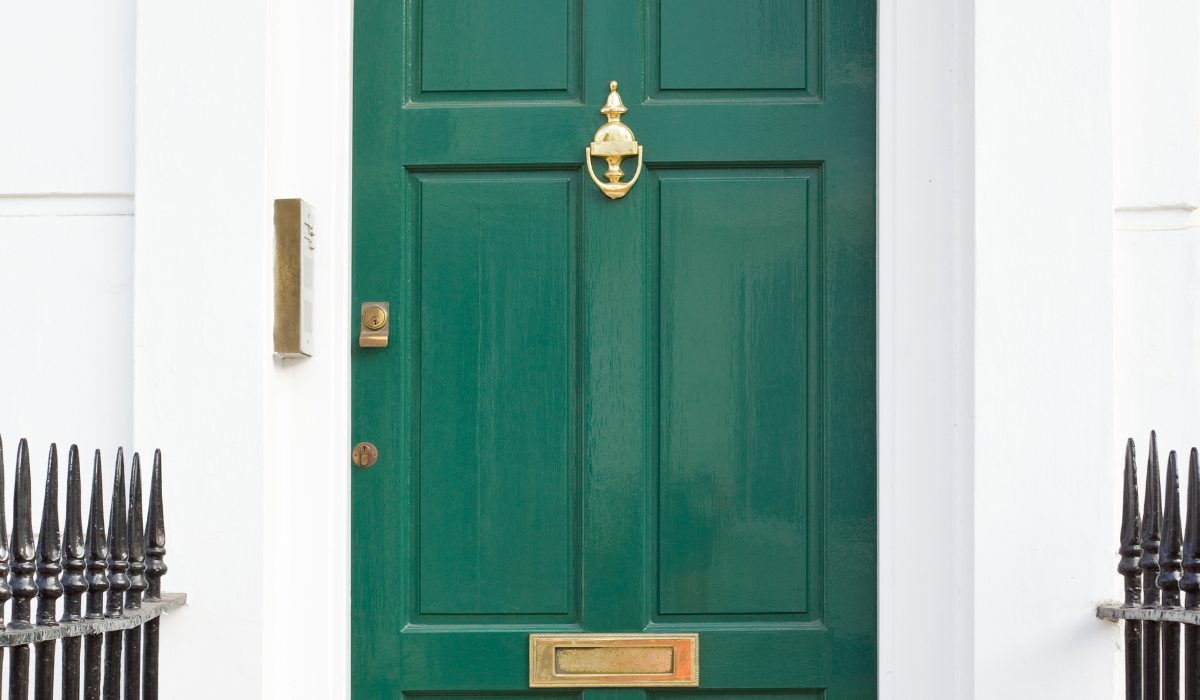
Doctors Door Knockers
Another popular door knocker style is the 'doctor's door knocker'. This is a scroll-type design that can vary, from a basic to more elaborate look. They're made using materials such as brass and steel. Popular finishes include nickel, brass plated, pewter and antique brass.
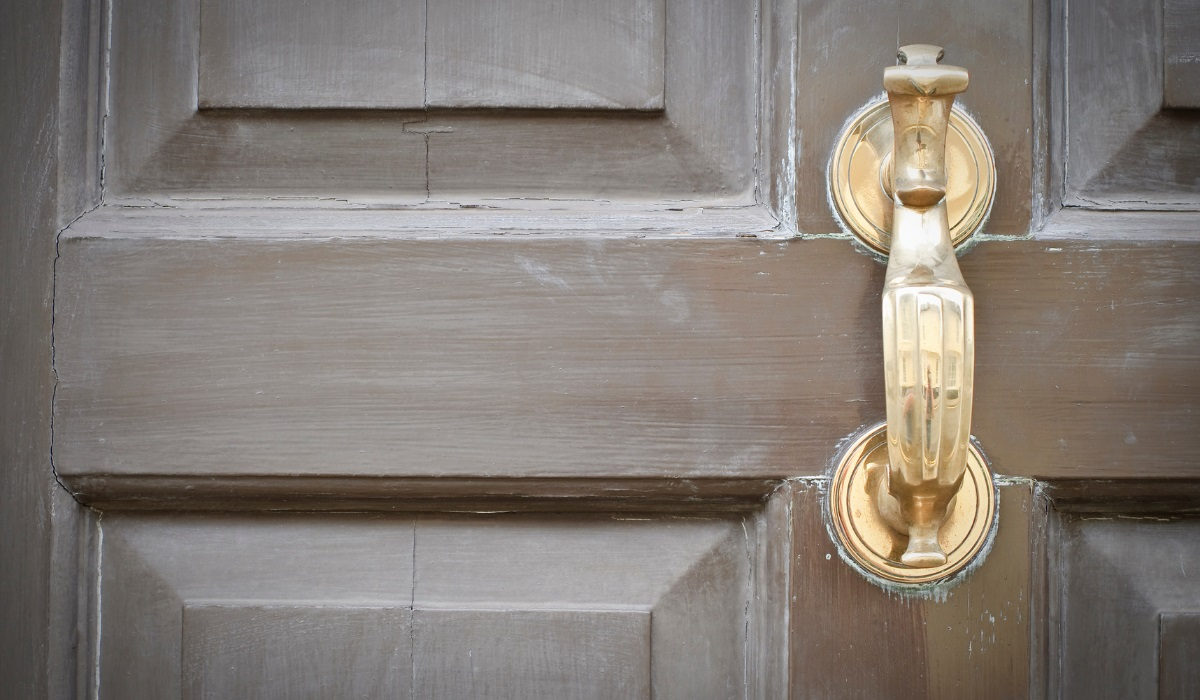
Popularised during the Georgian era, the origin of the doctor's knocker is a little vague. It's reputed to have been used to identify a doctor's house in a village or community, although this may well be apocryphal. Nevertheless, it remains a popular and varied door knocker design.
Horse Shoe Door Knockers
Well known as a symbol for good luck, the horseshoe can be seen in door knocker designs, to bestow a home, or those that cross the threshold, with good luck. The horseshoe knocker sometime incorporates a horse or horse's head.
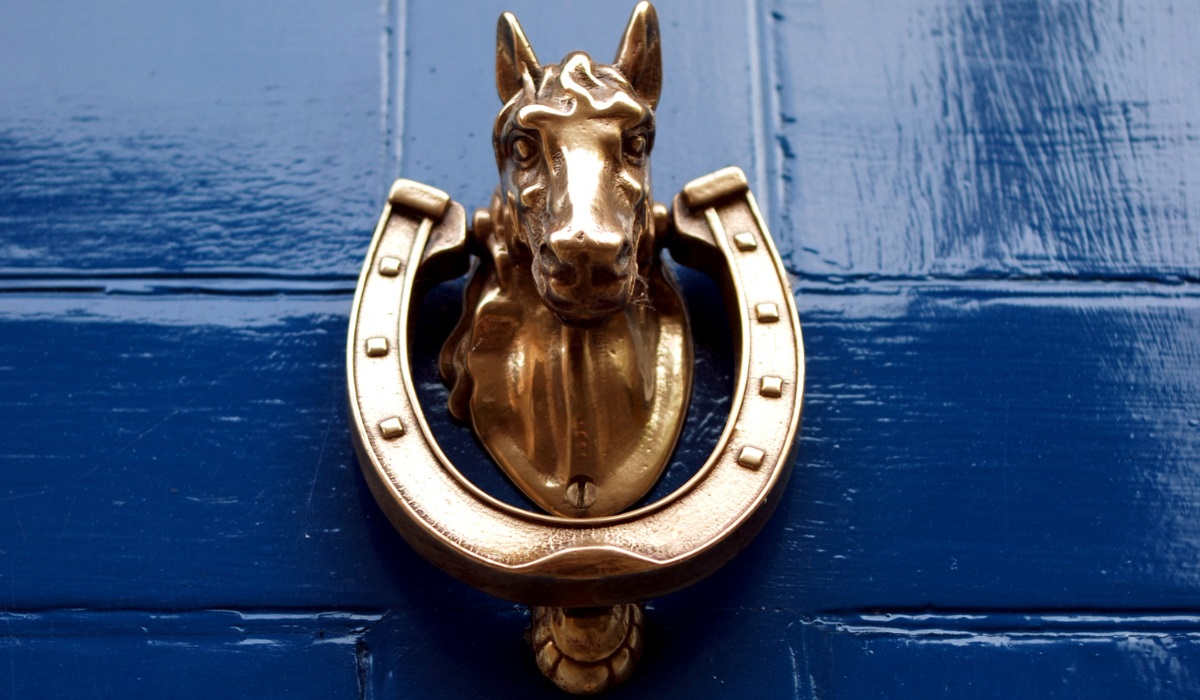
The horseshoe knocker is often in the farmhouse style, complimenting traditional and contemporary homes with a rustic or rural Victorian element.
Antique-Style Knockers
For a more rustic, forged look, door knockers in a black iron or aged finish offer old world appeal. Their often simple design and materials hark back centuries, conjuring a sense of historic intrigue.
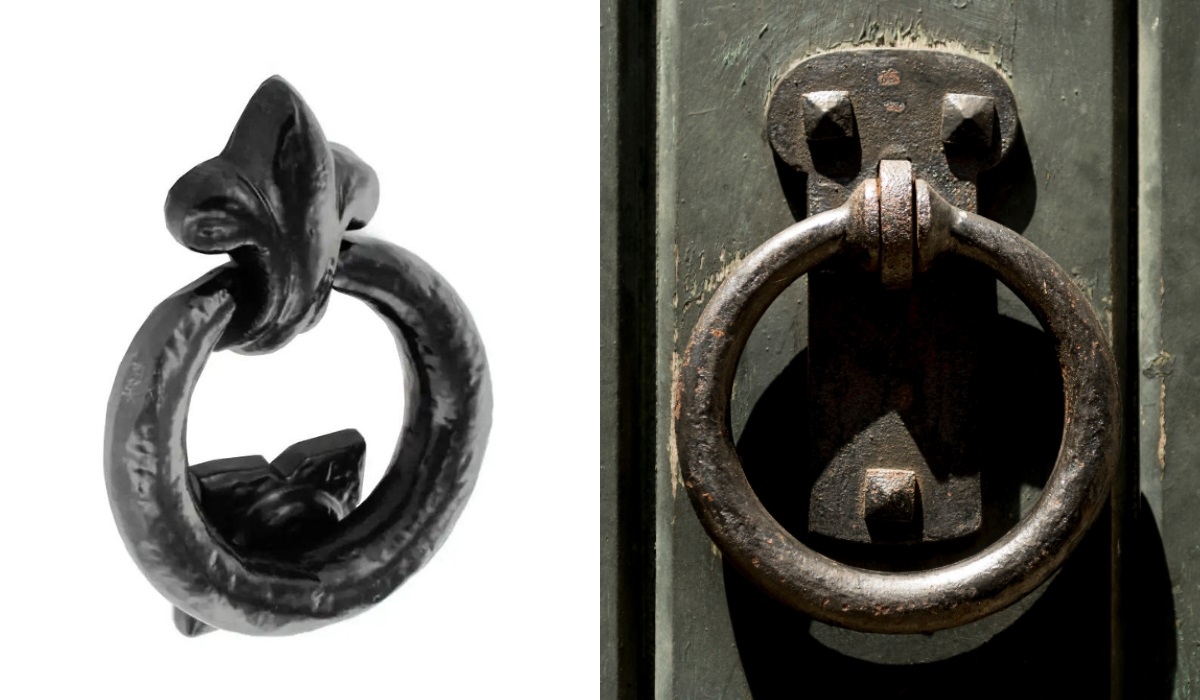
Whether you choose a genuinely old knocker or an aged finish, the antique look can work well in both traditional and contemporary settings.
Nautical & Marine Door Knockers
A nautical theme is popular for door knockers, especially in coastal areas and communities. This sense of the sea and sailing will appeal not just to coastal dwellers, but also to those who have a connection with the ocean and seafaring.
Perhaps the most common nautical motif is the anchor. The anchor is said to symbolise safety, stability and hope. Other popular nautical symbols used for door knockers include sailing ships and the ship's wheel.
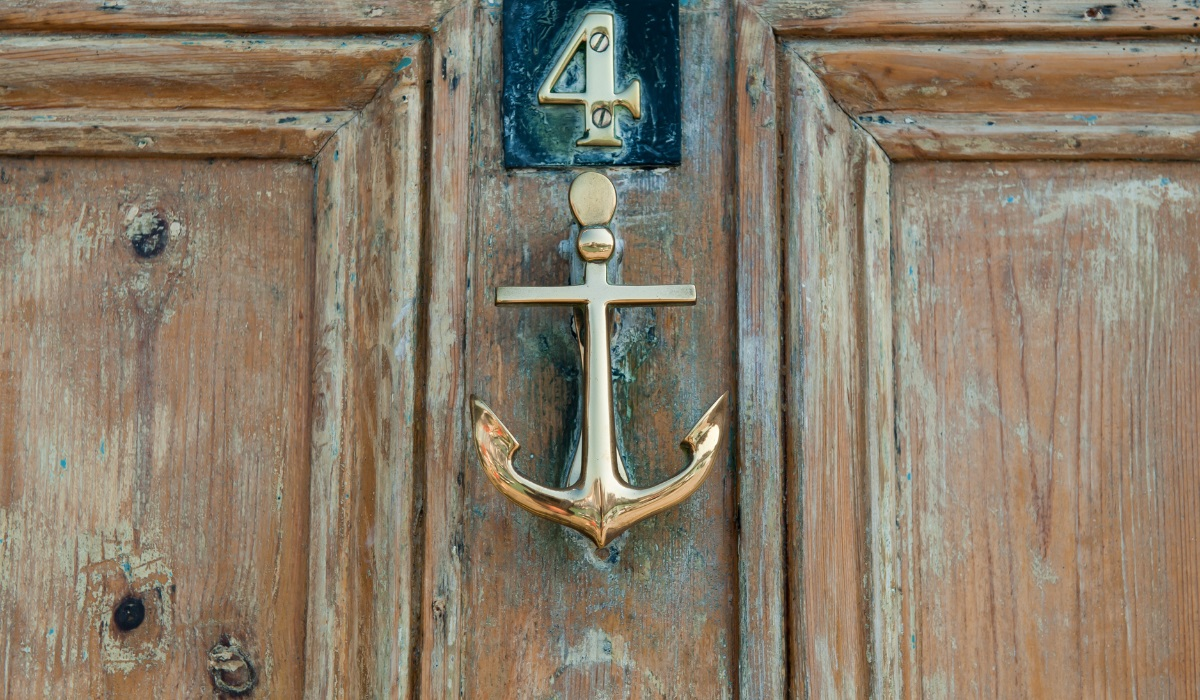
Mermaids are sometimes depicted on door knockers. They not only represent an affinity with the sea, they also symbolise the sea's mystery and allure.
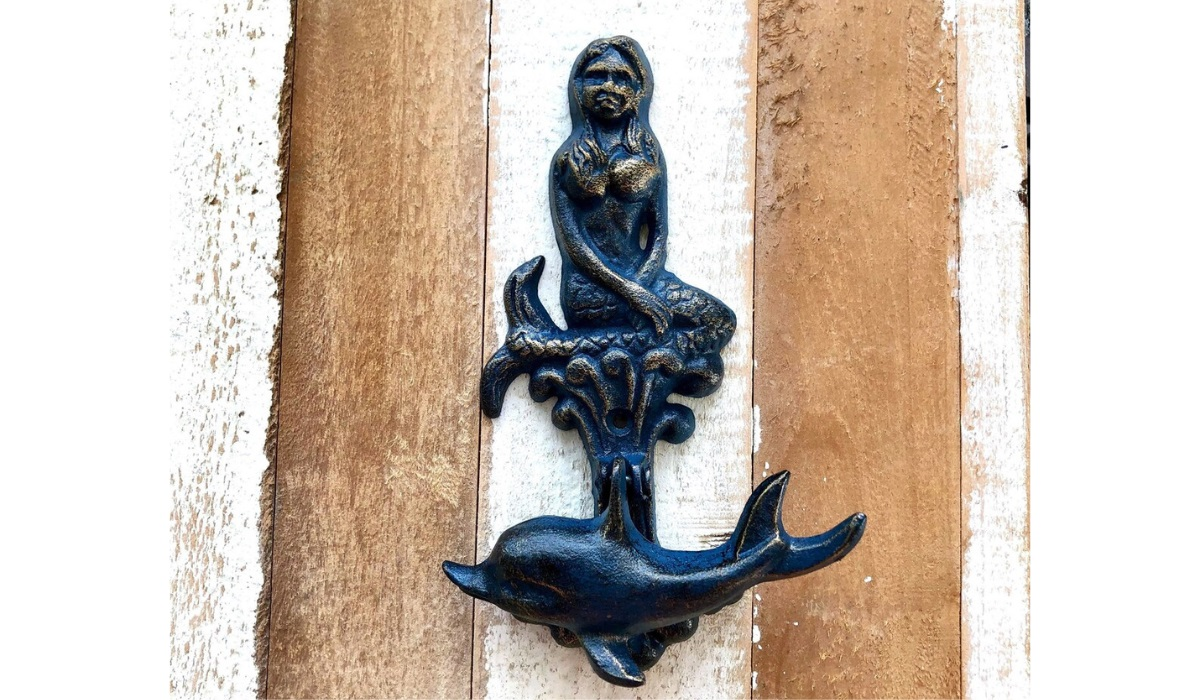
Image Credit: Etsy
Fish and other sea creatures such as whales commonly feature on door knockers. As with nautical door knockers they can symbolise an affinity with the sea. But both fish and whales also have specific meanings.
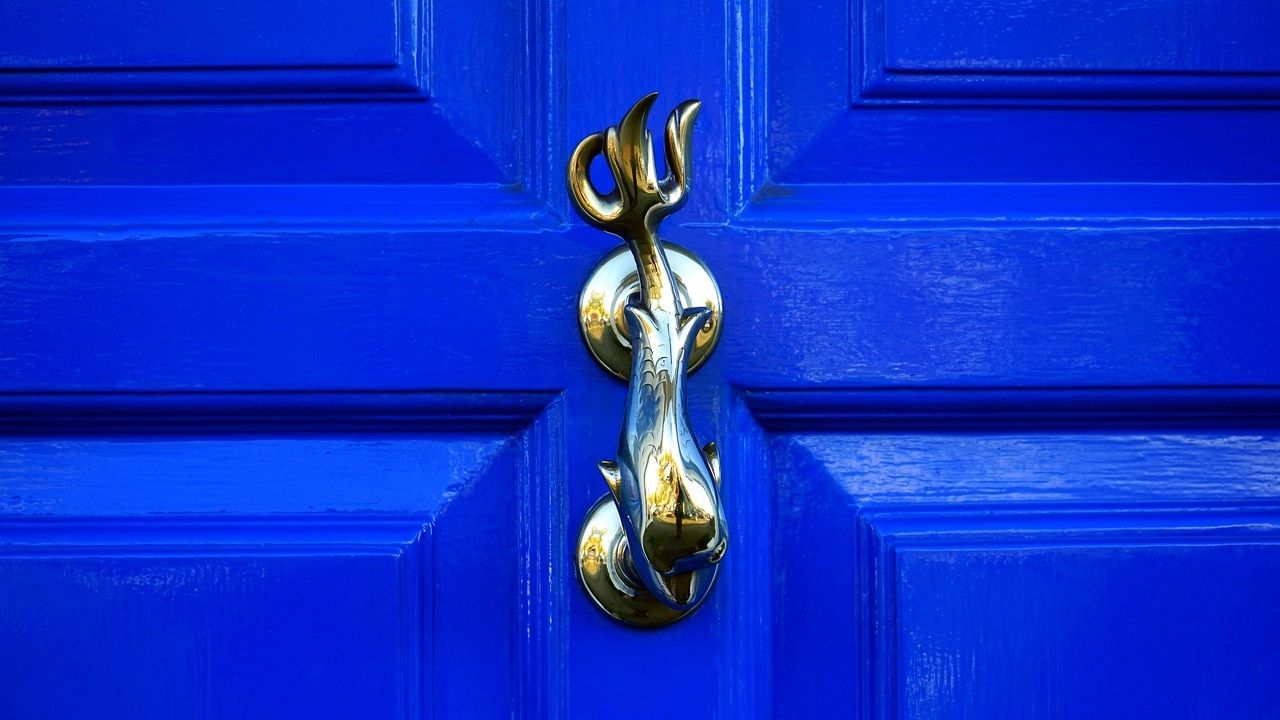
Fish have an association with Christianity, with the fish symbolising Christ and faithfulness. The fish symbol also has significance in many other cultures, belief systems and art.
The whale’s meaning in art and literature varies. But generally it’s considered to symbolise peace, wisdom, family and community, fine traits to evoke at the threshold of your home.
Mythical Door Knockers
Gods, Pagan Tradition and Occult Creatures
Dionysus
If you've ever seen a person's face on a door knocker the chances are it's the Greco-Roman god, Dionysus. He was the god of wine and celebration, so is an apt symbol of welcome at the entrance of a home. He was interestingly also the god of drunkenness, decadence and ecstasy.
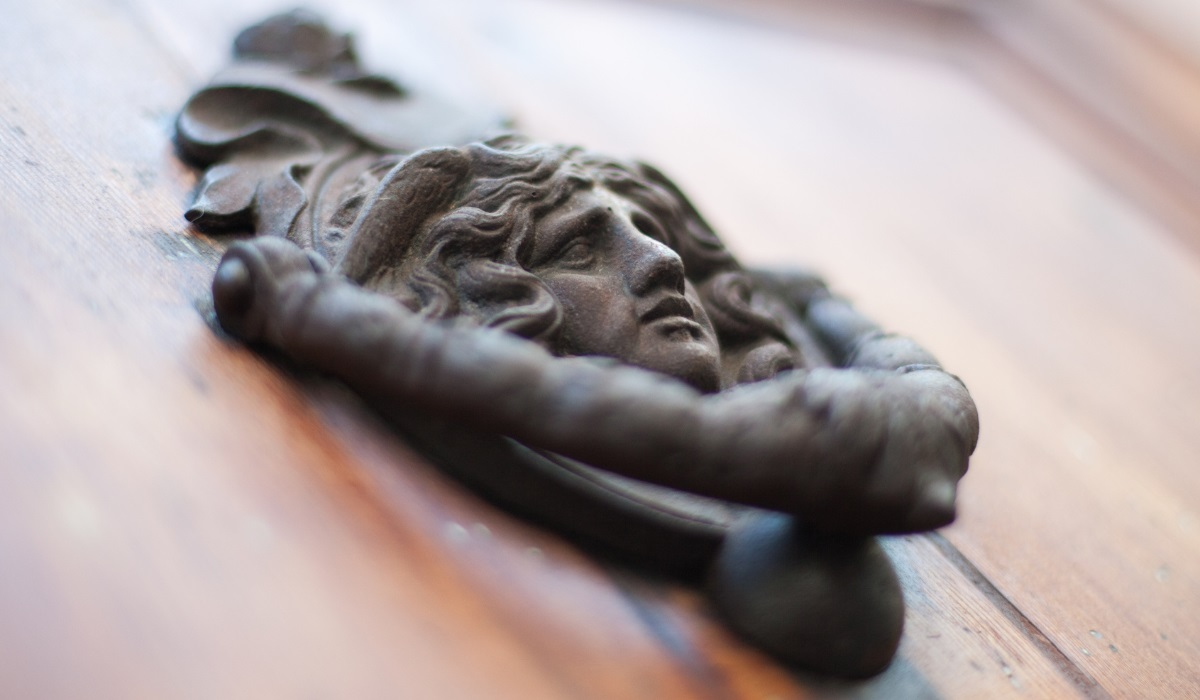
Green Man
The Green Man is another mythical being sometime seen on door knockers. A pagan symbol of rebirth and renewal, he's associated with the lush, green vegetation of spring and a celebration of new life after winter.
The common incarnation of the Green Man is probably a Victorian reinvention and is likely where we get his image as a leafy head. He crops up in garden ornaments, in pub names and with other adopted pagan characters, such as Sheela Na Gig, in medieval and medieval-influenced churches.
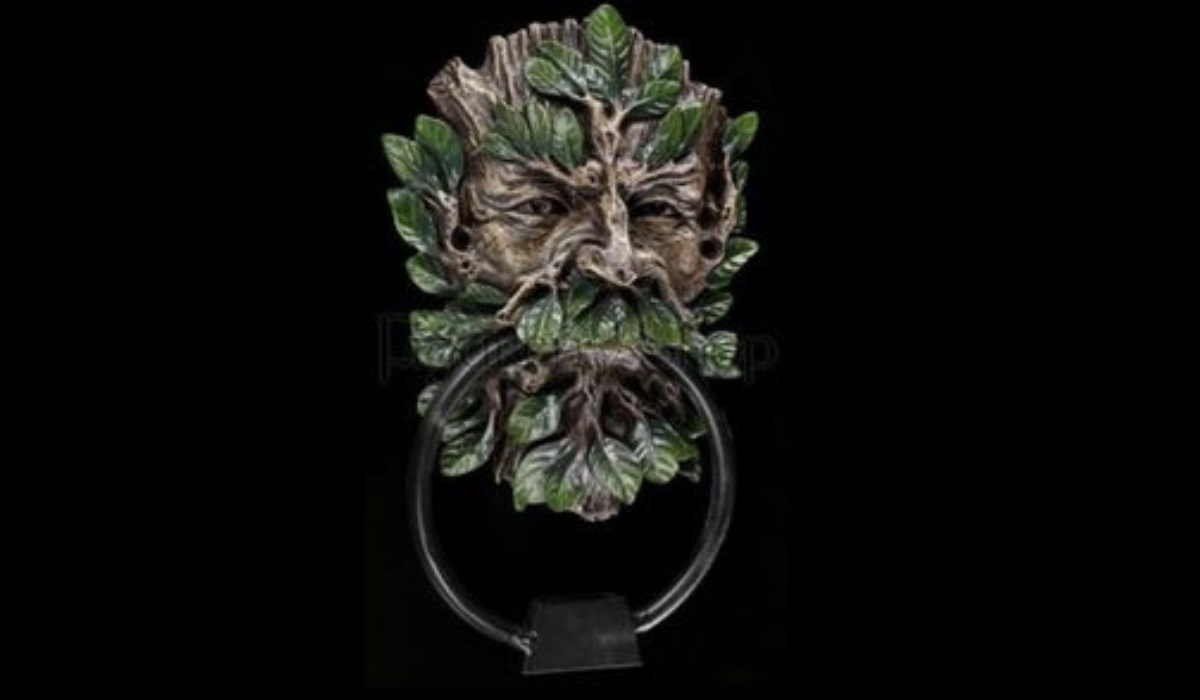
Image Credit: Homecrux
Grotesques & Gargoyles
Usually found on churches and some gothic-style buildings, grotesques and gargoyles are said to guard the threshold between this world and the spirit realm, protecting against demons and evil spirits. Given that, it's easy to understand why they make great door knockers, guarding the threshold of your home.
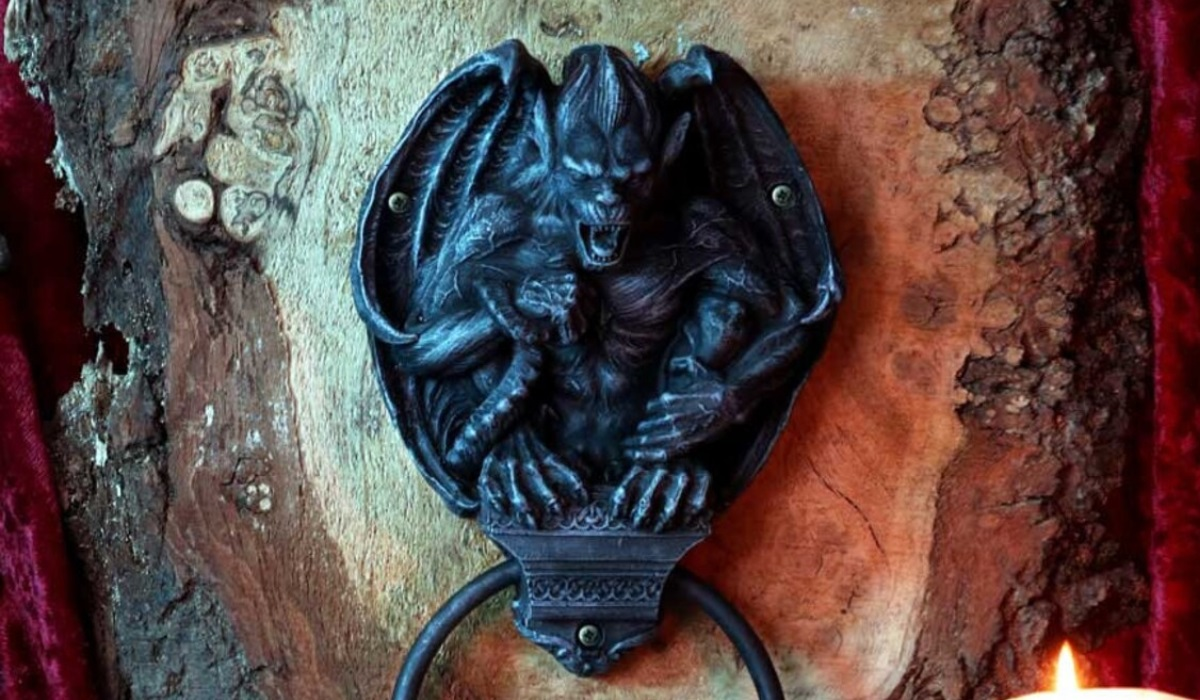
Image Credit: Etsy
Grotesques and gargoyles are often mixed up, with the terms used interchangeably. In fact, while their symbolic meaning is the same, they differ in their practical function. Gargoyles have their mouth open, channelling rain water away from a building, while grotesques serve no practical function at all, apart from being decorative and charming.
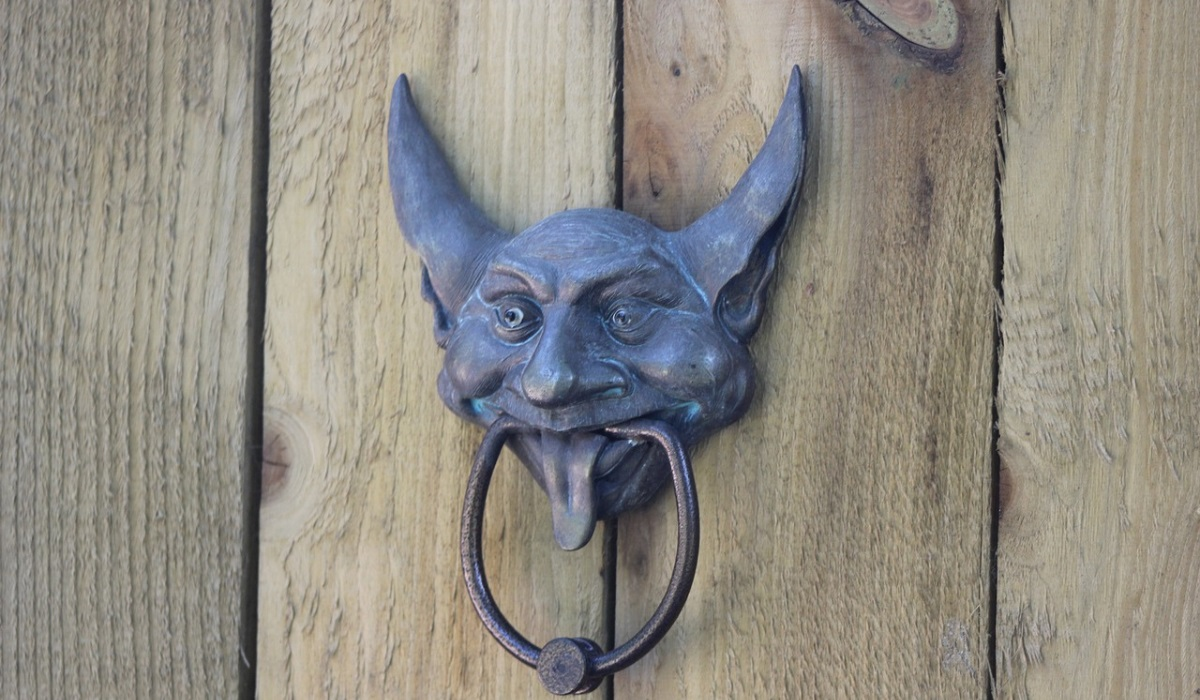
Wildlife Door Knockers
Animal door knockers often add a whimsical touch to a home, such as the bumble bee or dragon fly. Other animals like the lion convey more of a sense of power and authority.
Bumble Bee & Dragon Fly
The bumble bee door knocker, as a ring knocker or hinged-body knocker, can add a playful, quirky detail to your front door. As with the dragon fly knocker, both offer an idiosyncratic nature note to your home.
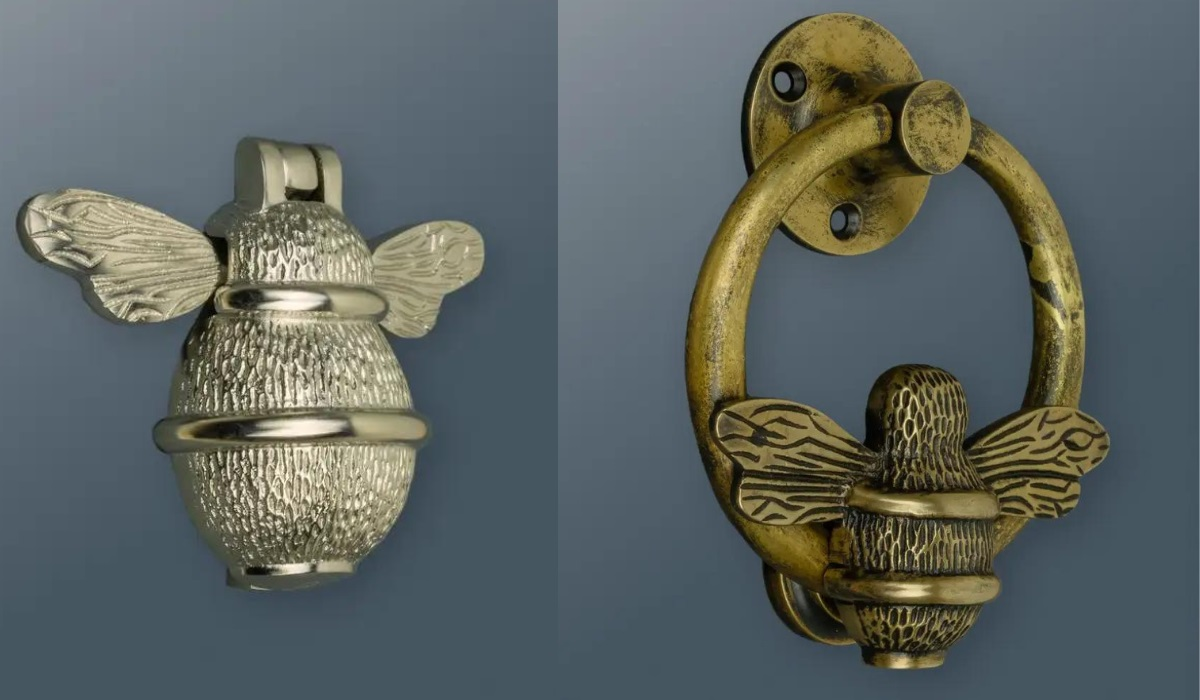
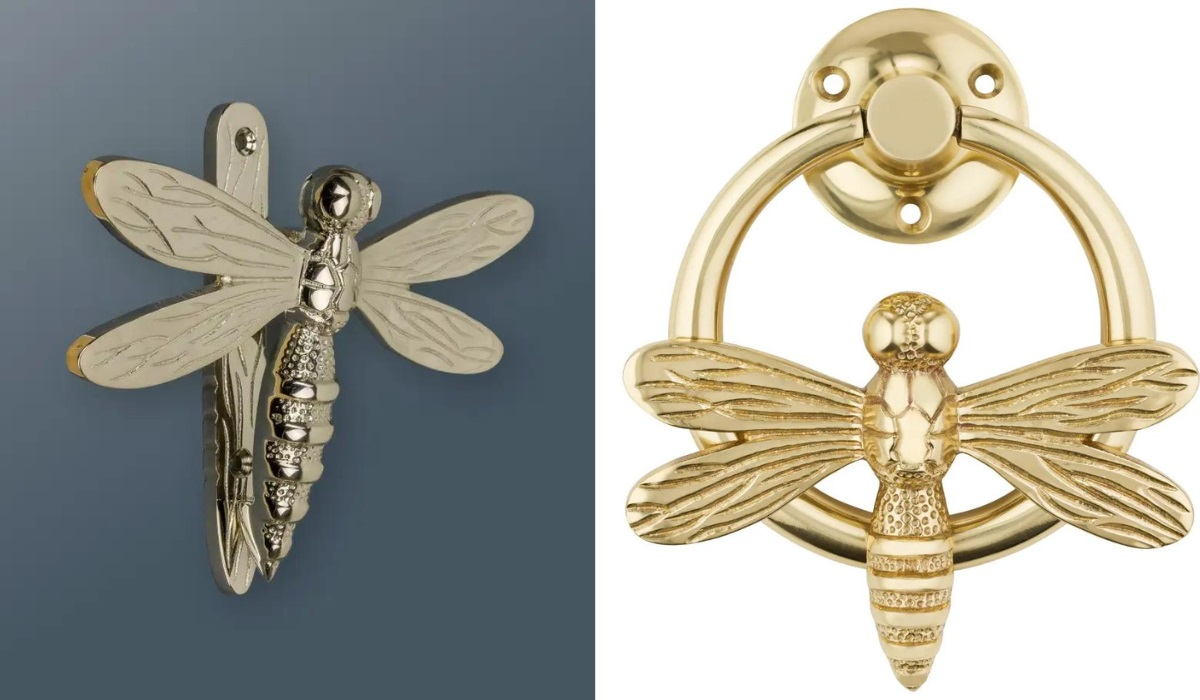
Lion Head
Popularised during the Georgian and Victorian era the lion head door knocker was seen as a symbol of Britain, as a guardian standing for authority and dignity. In fact, representations of lions are all over the place in 18th and 19th century England, from Nelson's column to the front door of 10 Downing Street.
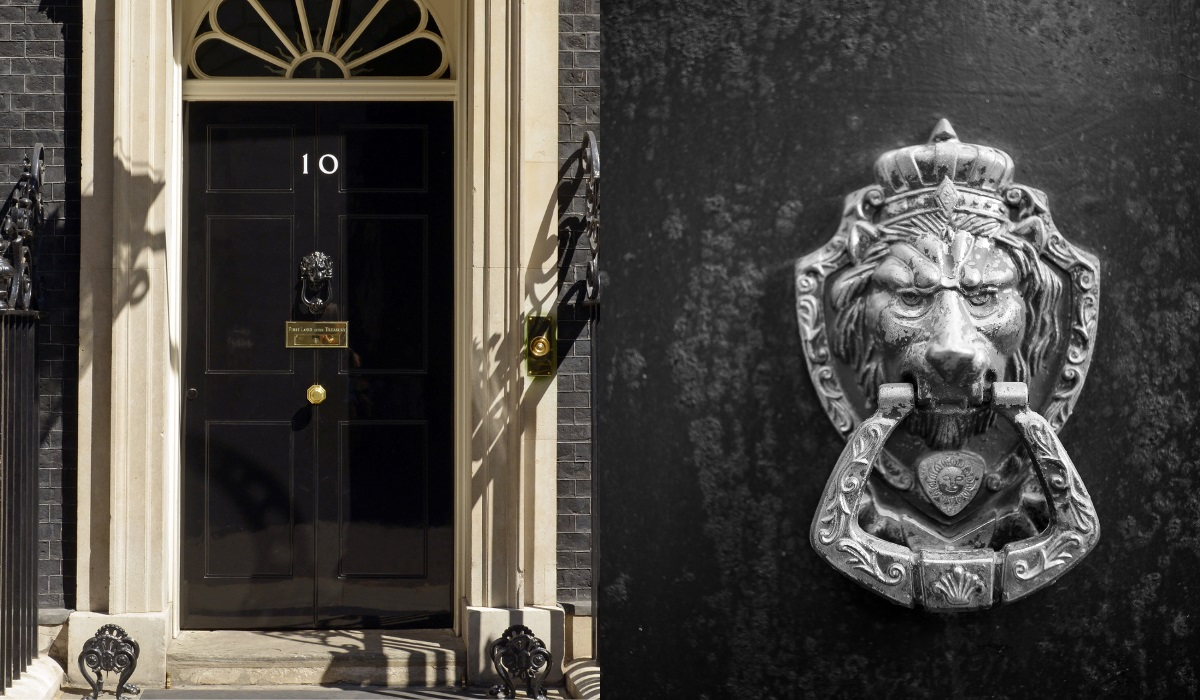
The above shows an elaborate, regal lion head door knocker. On the left is the front door of Number 10, with its substantial black lion knocker.
Fox & Hare
The fox and the hare are often represented on door knockers. Both animals are deeply rooted in folklore. In Celtic lore the hare was considered to be a bringer of abundance and good luck. It was also mystical and sacred. The fox on the other hand is known for its cunning and resilience.
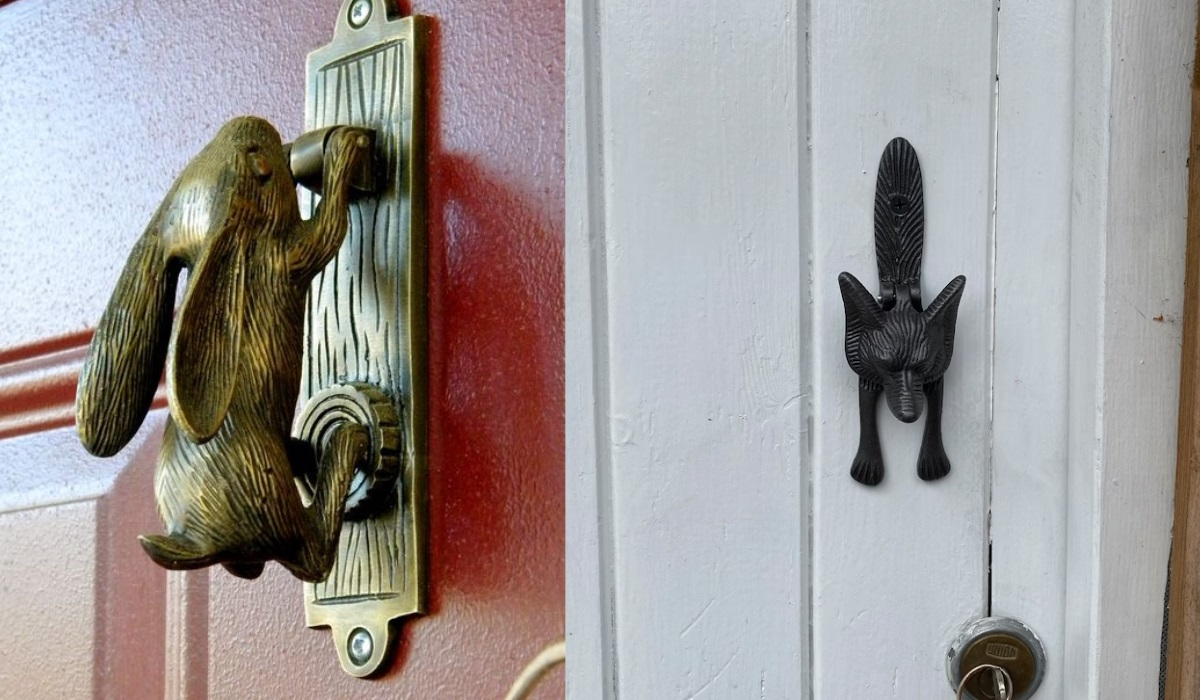
Both of these animals keep with the door knocker tradition where motifs reflect aspects valued and admired by people, enough to want to use them as totems or emblems at the entrance way to their homes.
Other DIY Front Door Upgrade Ideas
It doesn't take much to give your front door a new lease of life. Remember, upgrading your front door furniture includes details such as letter plate (letterbox) and door numbers, as well as more substantial elements like door handles and knobs.
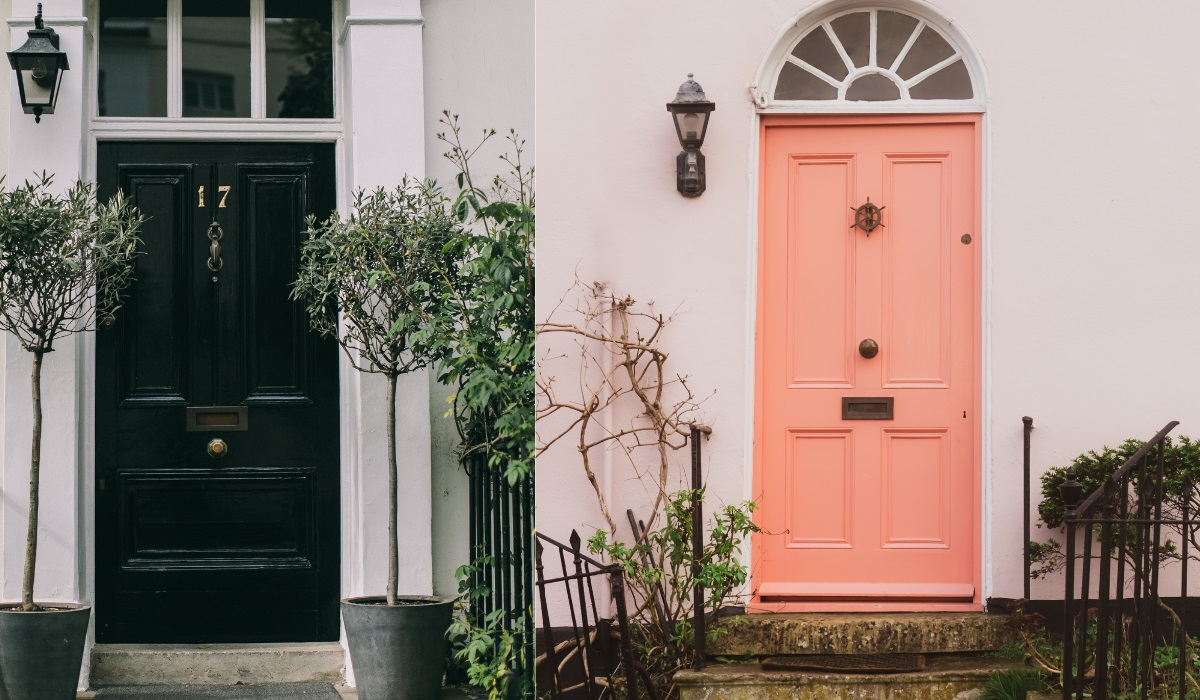
Final Thoughts
Of course the collection of door knockers we've looked at in this article are only a cross section of the designs and styles available. But hopefully it's inspired you to upgrade your front door with a door knocker that reflects your own style and personality, whether that's traditional, fun and quirky, or a unique door knocker and front door look that has more significant meaning.
Hopefully this article will have inspired your front door makeover, to replace your door knocker with one that better reflects you, your home and community, and that exploring some examples here will help your search for the perfect door knocker. Try this article for guidance on how to fit a new door knocker.
For more DIY hardware inspiration, visit Hiatt Hardware.

